
If you’re considering relocating, it may be worth taking a look at this list. Based on data from the US Census, the following cities have been ranked as the most miserable places to live in the country, taking into account factors such as crime rates, commute times, and median household income. By reading on, you can avoid making the mistake of moving to one of America’s most miserable cities.
Plainfield, New Jersey

We begin our rundown of the most unhappy cities in the United States with Plainfield, New Jersey, which has a population of about 50,000 people. While 70% of residents are employed, one-fifth of them live below the poverty line, and one-third have no health insurance. Despite significantly reducing violent crime rates over the years, the city still carries a notable level of danger.
West New York, New Jersey

Our list includes West New York, New Jersey, a city with a high poverty rate and a lack of cleanliness. It is also notable for its long median commute time, which is 37 minutes, about 10 minutes longer than the average American commute. Although its name may seem confusing, the city’s issues with poverty and cleanliness are clear.
Miami Gardens, Florida

No list of the most miserable cities in America would be complete without a mention of Florida, and Miami Gardens makes the cut. In 2014, it was deemed the “stop and frisk capital of America.” On top of that, the cost of water is higher than usual, with a 25% surcharge.
Cleveland, Ohio

Cleveland has earned the unfortunate nickname of “Mistake by the Lake,” and it’s not difficult to understand why. Around 35% of its population lives in poverty, and out of those, half are employed. Moreover, the city has a high incidence of gun violence.
Youngstown, Ohio

Youngstown, once a major steel producer in the US, has been in decline since the industry began downsizing in 1977. Over time, the city has lost 3% of its population, which may be attributed to its high poverty rate and severe air pollution.
North Miami Beach, Florida

North Miami Beach is facing a major issue with frequent flooding, even in the absence of rainfall. The threat of rising sea levels further aggravates the situation as it may cause septic tanks to malfunction, leading to wastewater discharge into residential areas. This poses a serious health hazard and is a cause for concern.
Huntington, West Virginia

Huntington, a city in West Virginia, is considered one of the unhealthiest cities in America. The city has been severely affected by the opioid crisis and has lost over 6% of its population between 2010 and 2018. These factors contribute to the overall poor living conditions in the area.
Charleston, West Virginia

Despite having a median income of $47,000 per year, Charleston, West Virginia, residents are dissatisfied with their work environment. Moreover, the city has the second-highest rate of depression in the country, with 27% of the population saying a medical professional has diagnosed them. Physical health is also a concern in Charleston, with many residents suffering from diabetes and high blood pressure.
Hammond, Indiana
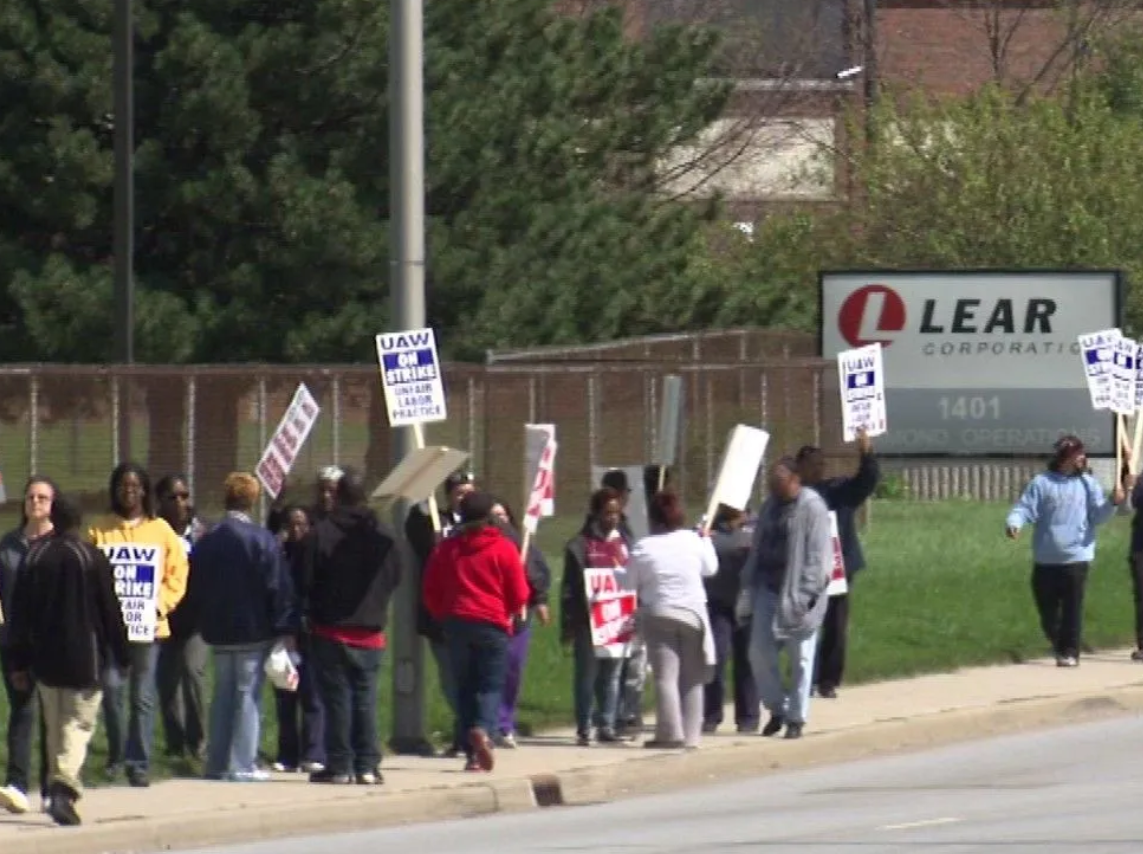
Hammond is located in Indiana and was once a hub for steel production. Hammond’s population has decreased by over 6% from 2010 to 2018, making it another city on this list. Once a leading industrial town, it eventually fell victim to air and water pollution, which caused lead contamination.
El Monte, California

El Monte, a city in California, was once known for its thriving automobile industry. However, due to the closure of some of the auto dealerships, the city has been facing a high unemployment rate and a rise in poverty. As per the data, about 22% of the population lives below the poverty line. The average commute time in El Monte is longer than the national average, clocking in at 30 minutes.
Lynwood, California
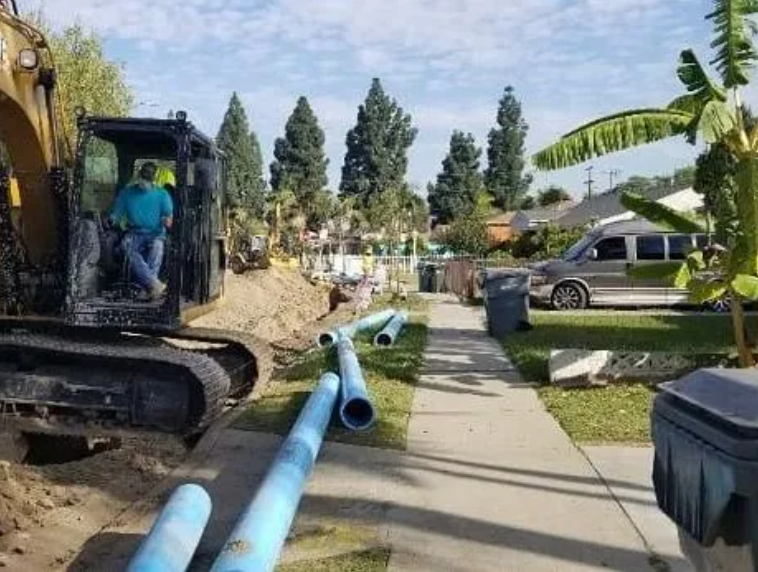
Once upon a time, Lynwood had a motto that boasted of being “the best place to live best.” However, the construction of Interstate 105 right through the city’s heart resulted in the demolition of 1,000 homes and businesses, forcing many residents to leave. The disruption caused by the highway construction was significant enough that it has contributed to Lynwood’s decline, and it’s currently considered one of the most miserable cities in America.
Huntsville, Texas

Huntsville, Texas, is known for being the location where all of the state’s executions take place, making the Department of Criminal Justice the largest employer in the city. However, the high unemployment rate and the fact that 35% of residents live in poverty make it an undesirable place to live for many people.
Paterson, New Jersey

Paterson has had a tough time over the years. In the 1800s, it was a thriving silk town, but since then, it has seen a steady decline. In 2011, Hurricane Irene caused the city to flood, and as a result, 1,250 homes were abandoned. Of Paterson’s 145,000 residents, only 57% are working, while nearly 30% live in poverty.
Albany, Georgia
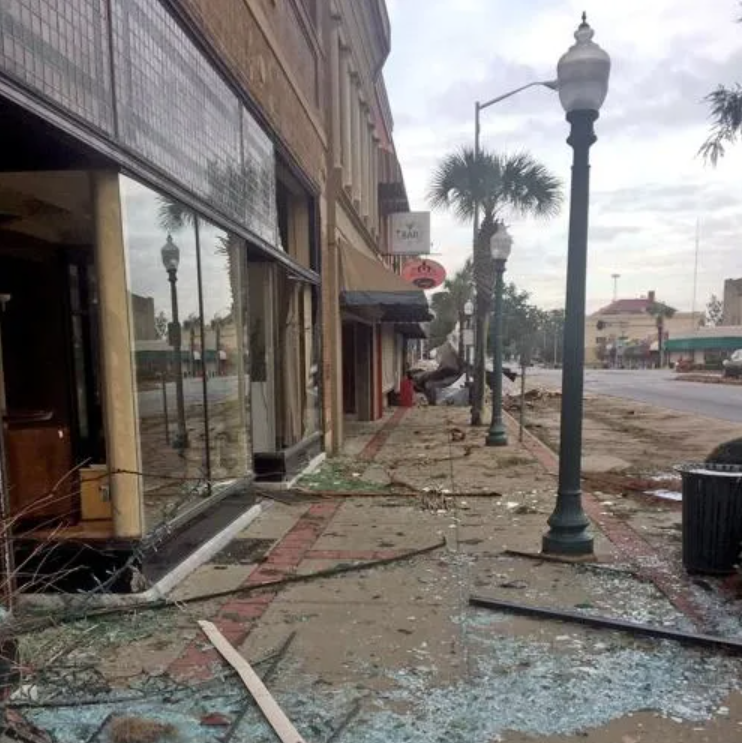
With an unemployment rate more than double the national average, joblessness is a significant concern for the residents of Albany. As a result, the city falls in the top 10% of cities with the worst poverty rates in America. Adding to this, the rate of violent crimes in Albany is also among the top 10 in the country, making it a challenging place to live.
Trenton, New Jersey
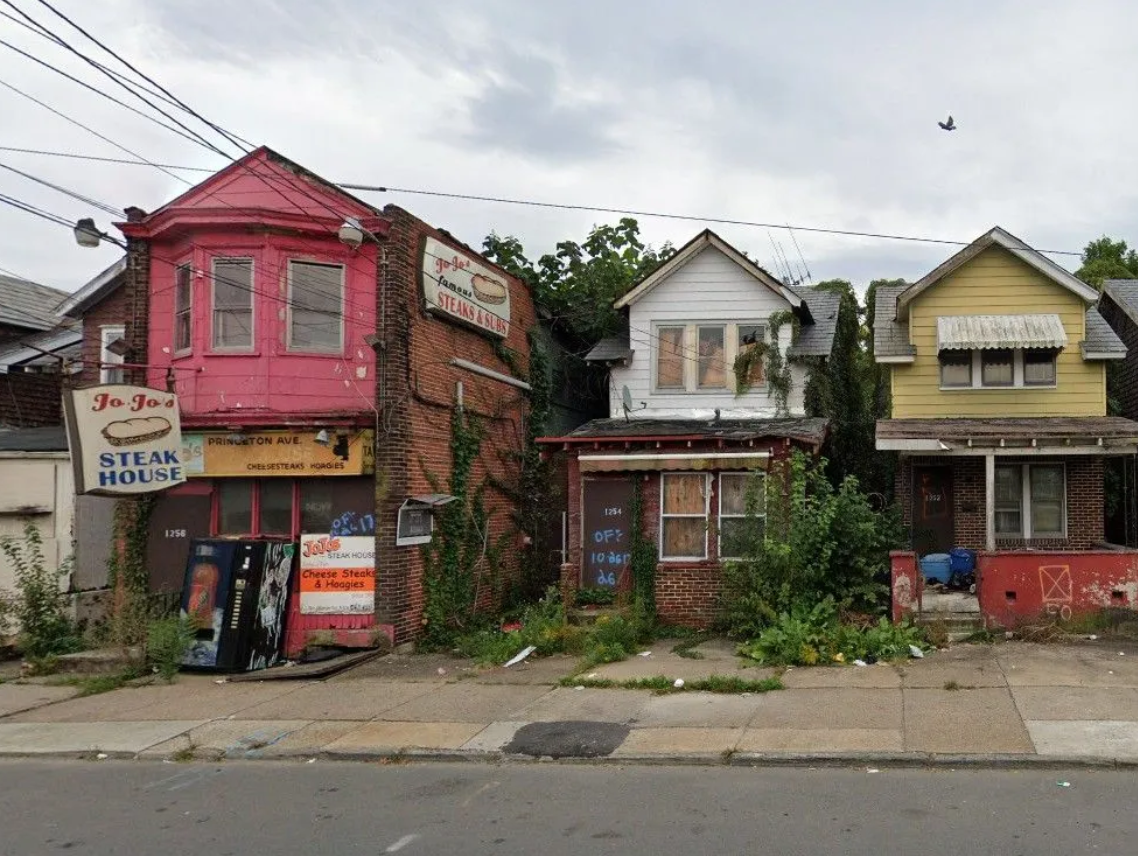
Don’t be fooled into thinking we’ve finished talking about New Jersey yet. Once a thriving industrial town, Trenton is still grappling with several issues. High on the list is the prevalence of gangs, gun violence, and a poverty rate of 27%, which is much higher than the national average.
Cicero, Illinois
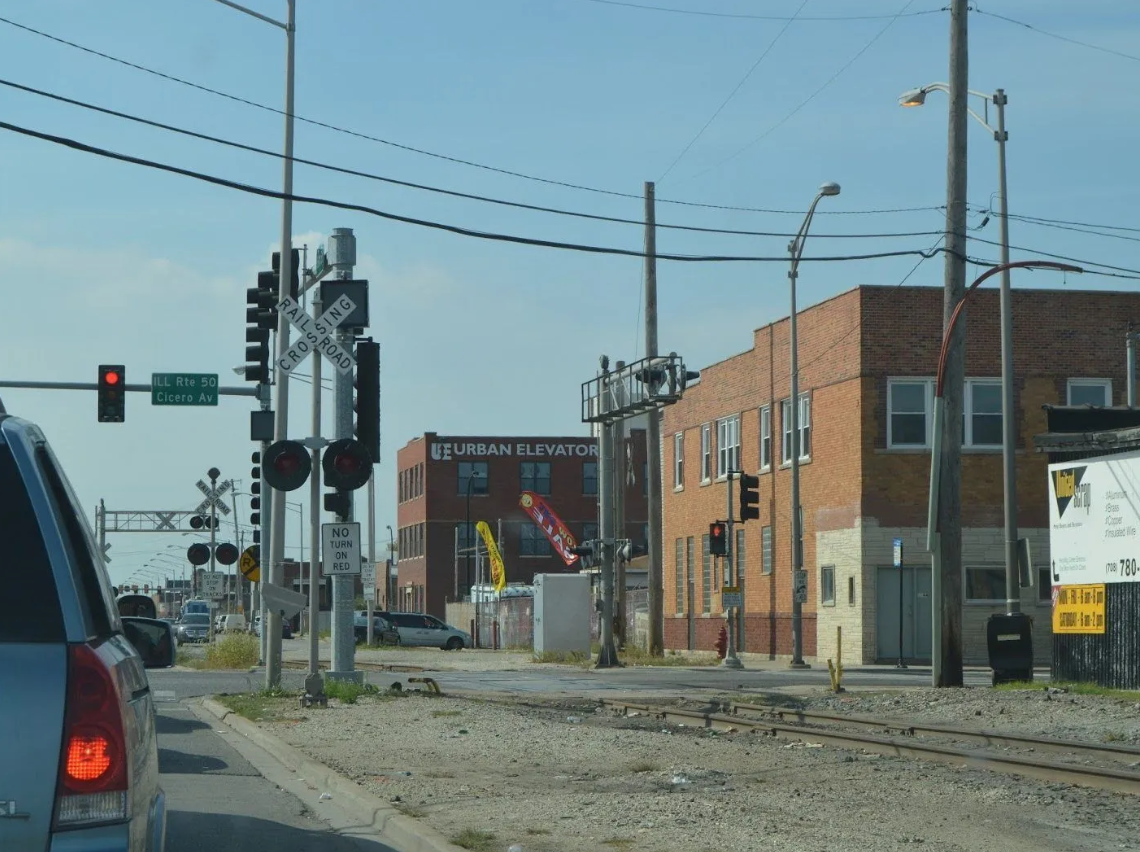
Cicero, which was once referred to as Al Capone’s “private playground” in the 1920s, still bears the remnants of its infamous past, with a considerable amount of gang-related crime. The town’s average commute time is also quite long, adding to the residents’ daily stress. The poverty rate is also high, exacerbating the already challenging living conditions for many of Cicero’s inhabitants.
Shreveport-Bossier City, Louisiana
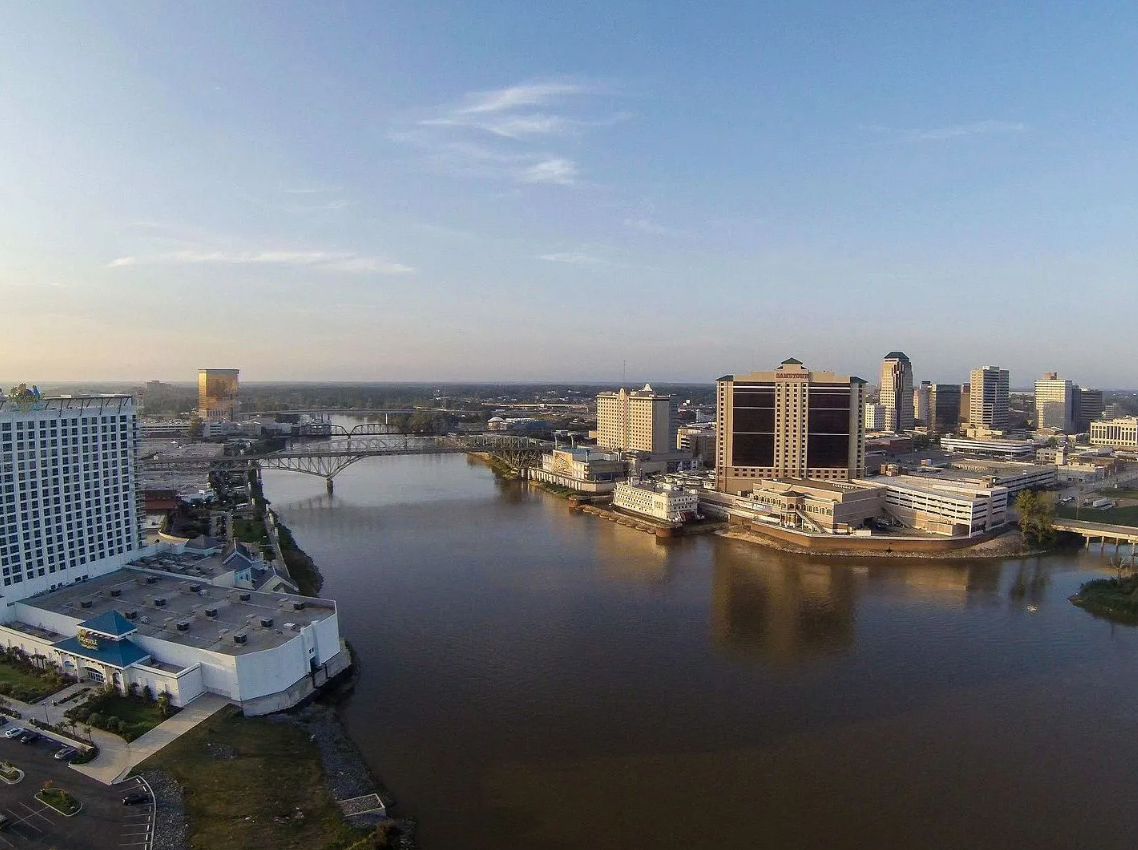
Shreveport-Bossier City not only suffers from a poor economy but also has one of the unhealthiest populations in the United States. According to a survey, less than half of the residents engage in at least 30 minutes of exercise regularly. Moreover, the median household income barely surpasses $36,000 annually, and almost 15% of the population lives below the poverty line.
Union City, New Jersey
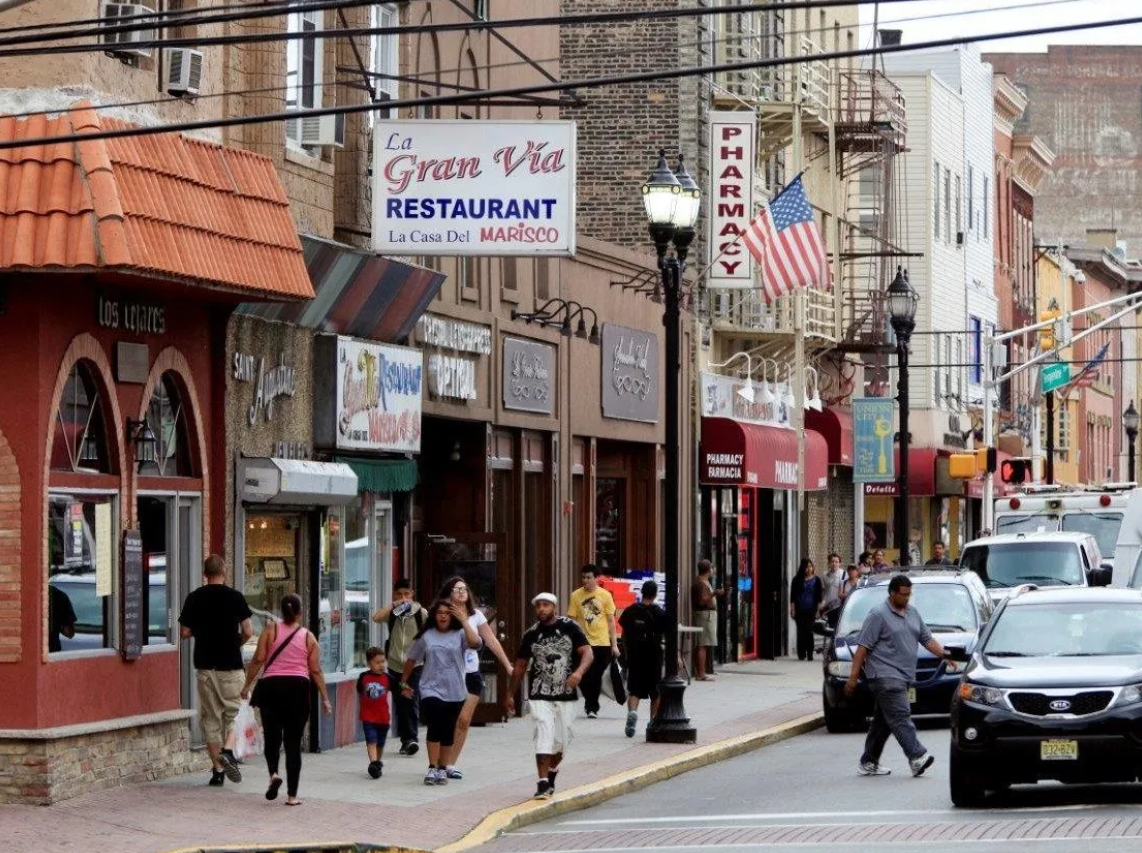
Union City has a population of nearly 70,000 residents, making it one of the most densely populated areas in the United States, with only 1.28 square miles of land. Unfortunately, living in such a densely populated area means that residents have virtually no personal space, which can be a major downside.
Columbus, Georgia
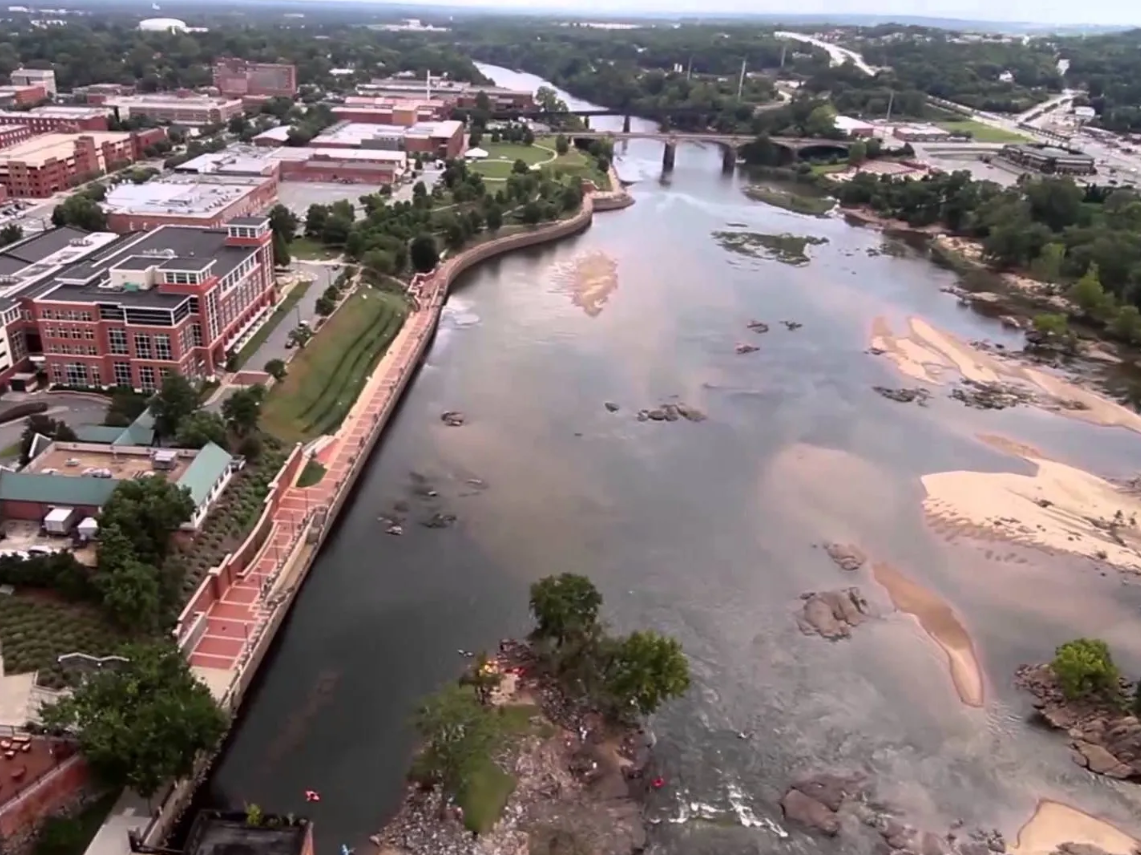
Nearly one-quarter of Columbus residents have reportedly been diagnosed with depression by a medical professional, which is one of the highest rates in the country. Additionally, a significant number of people living in Columbus do not like the city, with 23% expressing dissatisfaction. The lack of access to basic needs, such as medication and food, only exacerbates the situation.
Bell Gardens, California
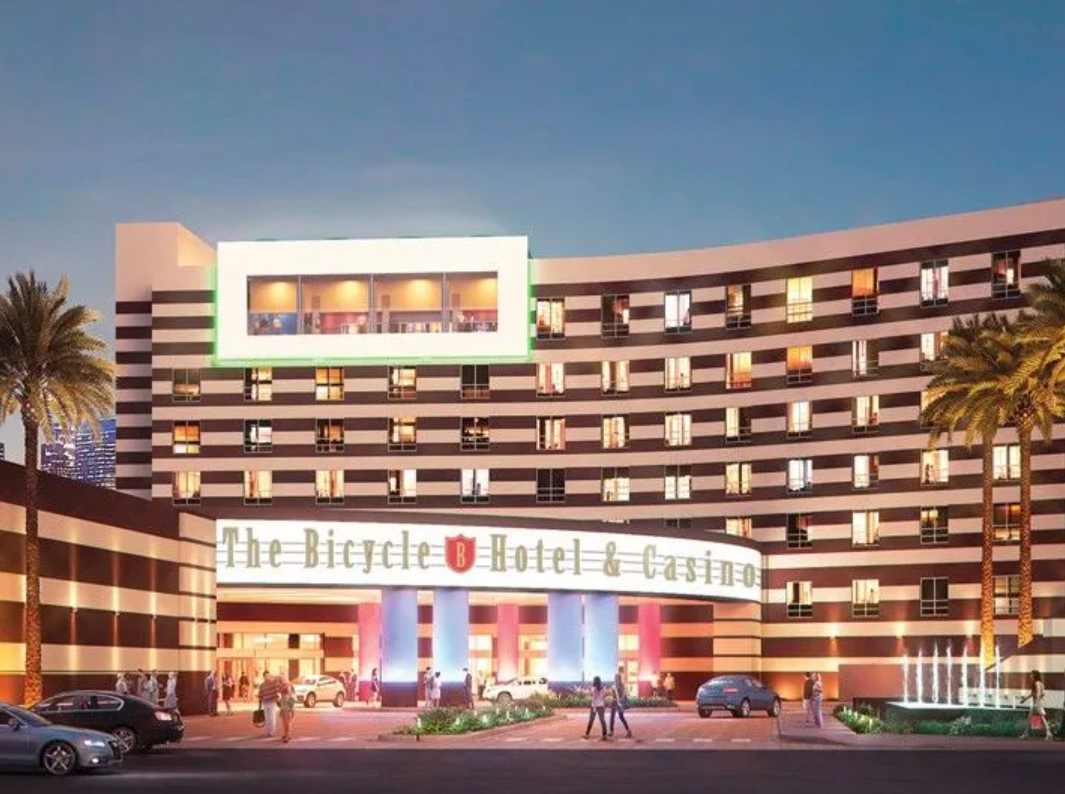
Bell Gardens, California, faces a significant challenge of overpopulation, with a single casino being its primary source of tax revenue. The casino alone accounted for more than 50% of the city’s tax revenue in 2002. However, this dependence on a single industry has its downside, and poverty affects 30% of the city’s population.
Hialeah, Florida
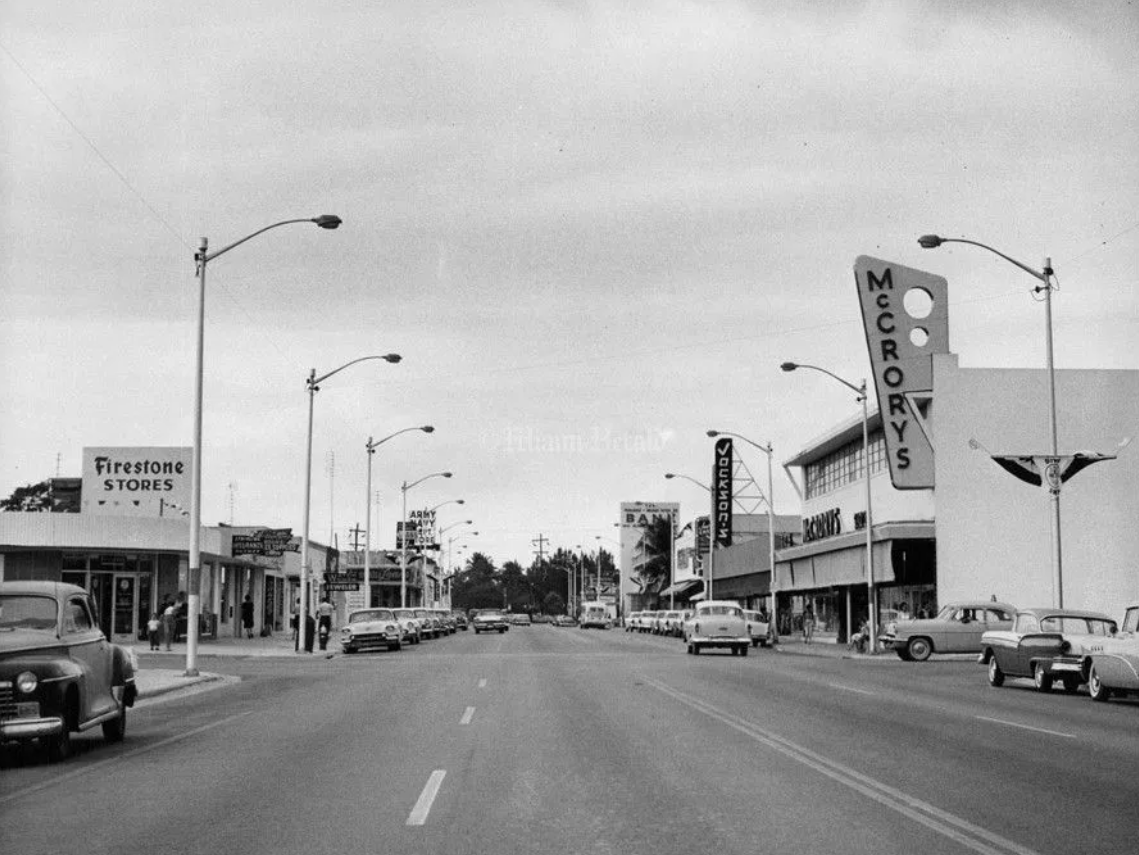
Hialeah is an American city that lacks diversity, with most of its residents being of Latino origin. Unfortunately, it has been rated as the worst place in the country for individuals who prioritize an active lifestyle. While more than half of the population is employed, approximately one-quarter of its inhabitants live below the poverty line. Additionally, over 30% of the city’s population lacks health insurance, which is a cause for concern.
Reading, Pennsylvania
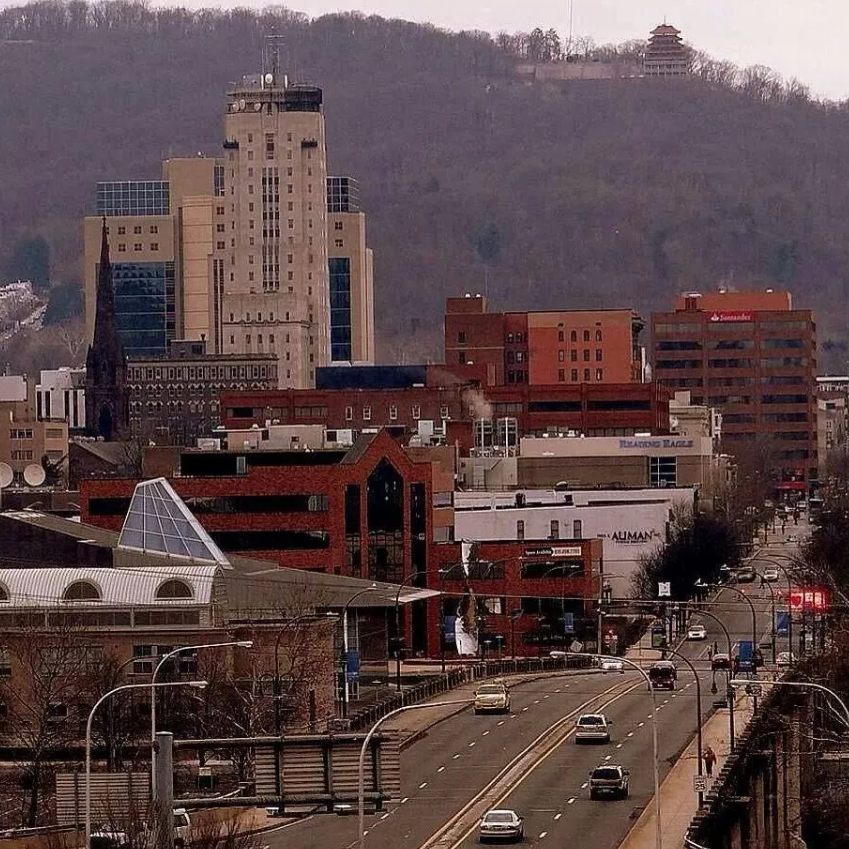
Reading, a city in the United States, has experienced significant economic challenges as many factories closed down or reduced their operations, resulting in massive job losses. The situation has been so dire that it has led to a staggering 36% of its population, which stands at 88,495 residents, living in poverty, while 44% are on food stamps. However, despite the economic struggles, 62% of the residents are working.
Palmdale, California
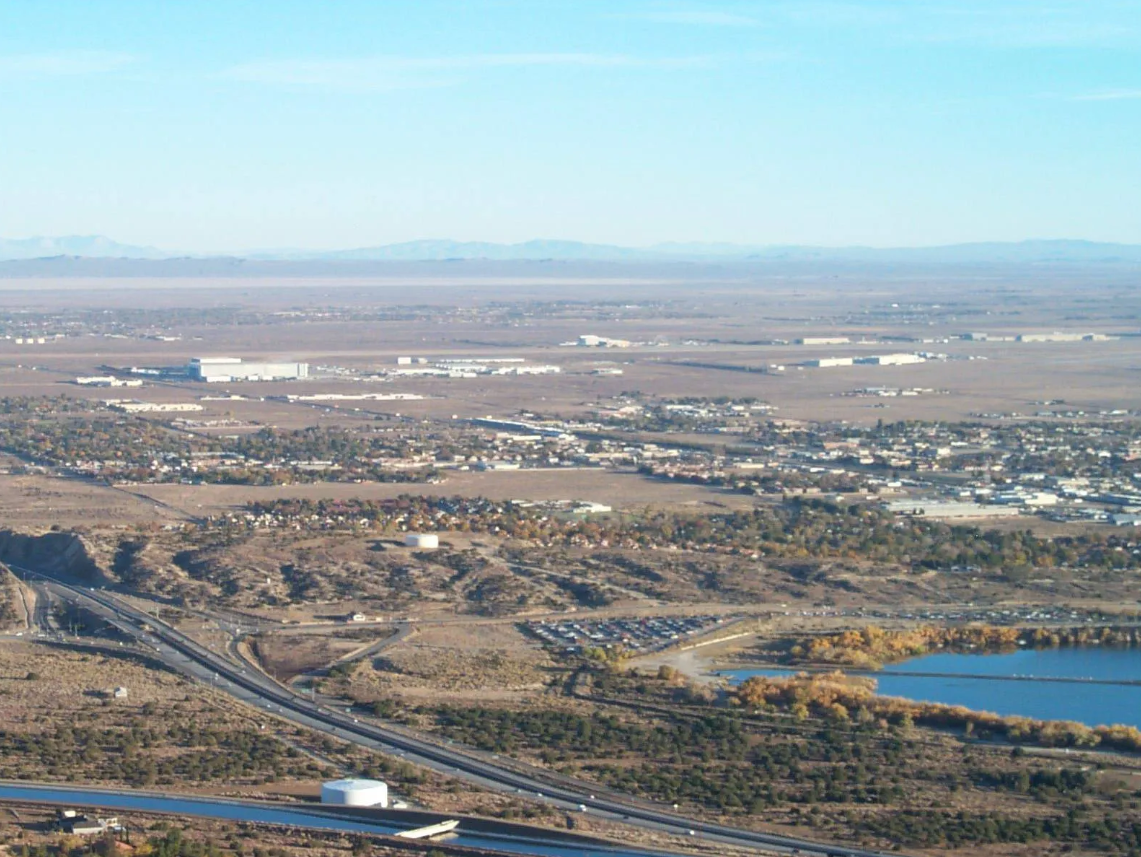
Palmdale, with a population of just over 150,000 people, has a workforce participation rate of 59% and a poverty rate of 19%. However, its most notable feature is its long commute time of 42.7 minutes, which is one of the longest in the nation. At one point, Palmdale was also known as “The Foreclosure Capital of California.”
Makaha, Hawaii
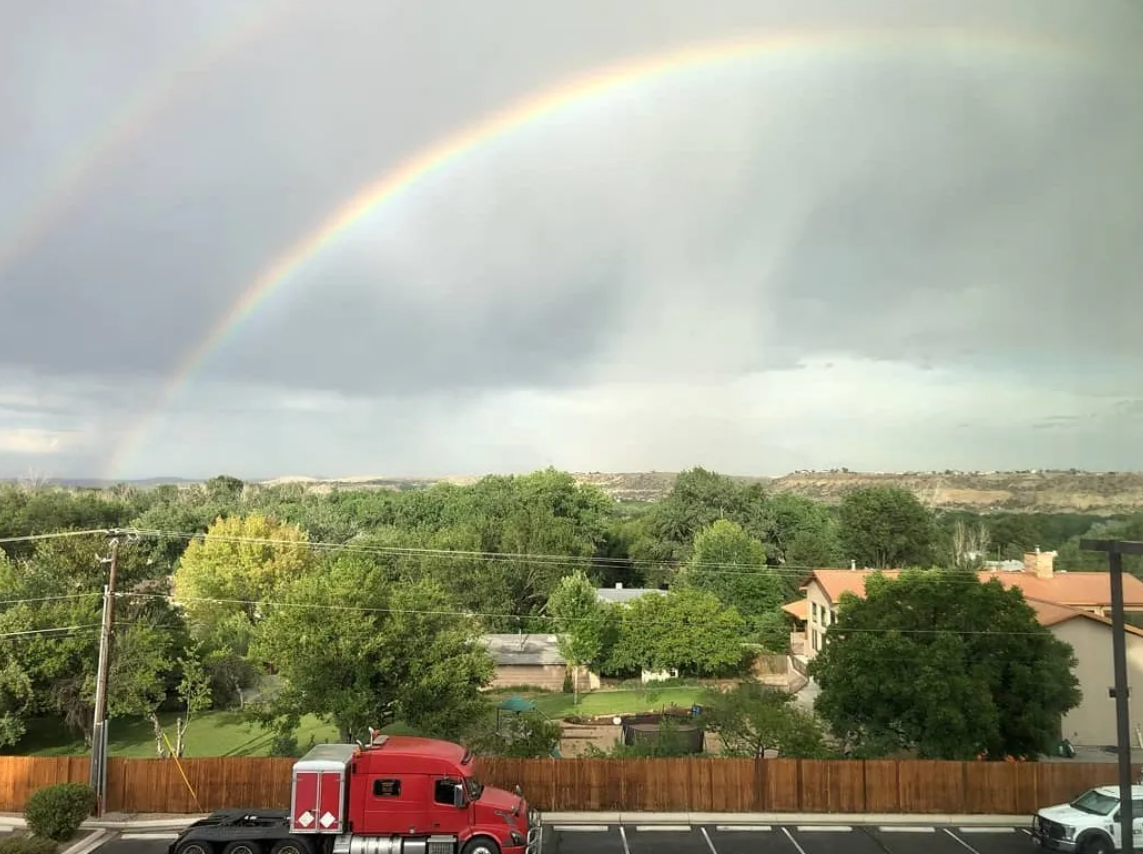
Despite being known as a tropical paradise, not all areas of Hawaii are idyllic, and Makaha is a prime example. The town has a population of just over 8,800 residents and a poverty rate of 30.1%. Ironically, the cost of living is high, with a median home value in the top 25% of the country at $407,200. Additionally, slightly less than 10% of the town’s population has been unemployed for the last five years.
Saginaw, Michigan
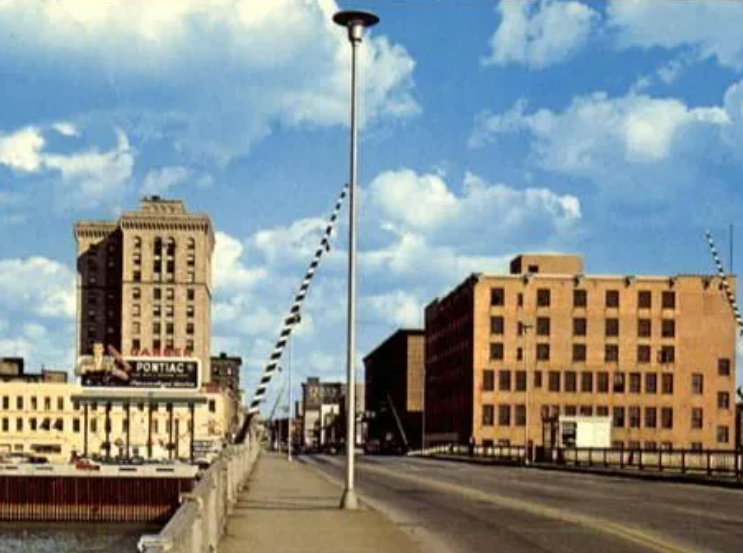
Saginaw, Michigan, has earned the nickname “Sag-nasty” due to its history of high crime rates, although the situation has improved somewhat in recent times. General Motors was once a major employer, providing the city with 25,000 manufacturing jobs, but those have since disappeared. Currently, 55% of the population is employed, while nearly 34% live in poverty.
Bessemer, Alabama
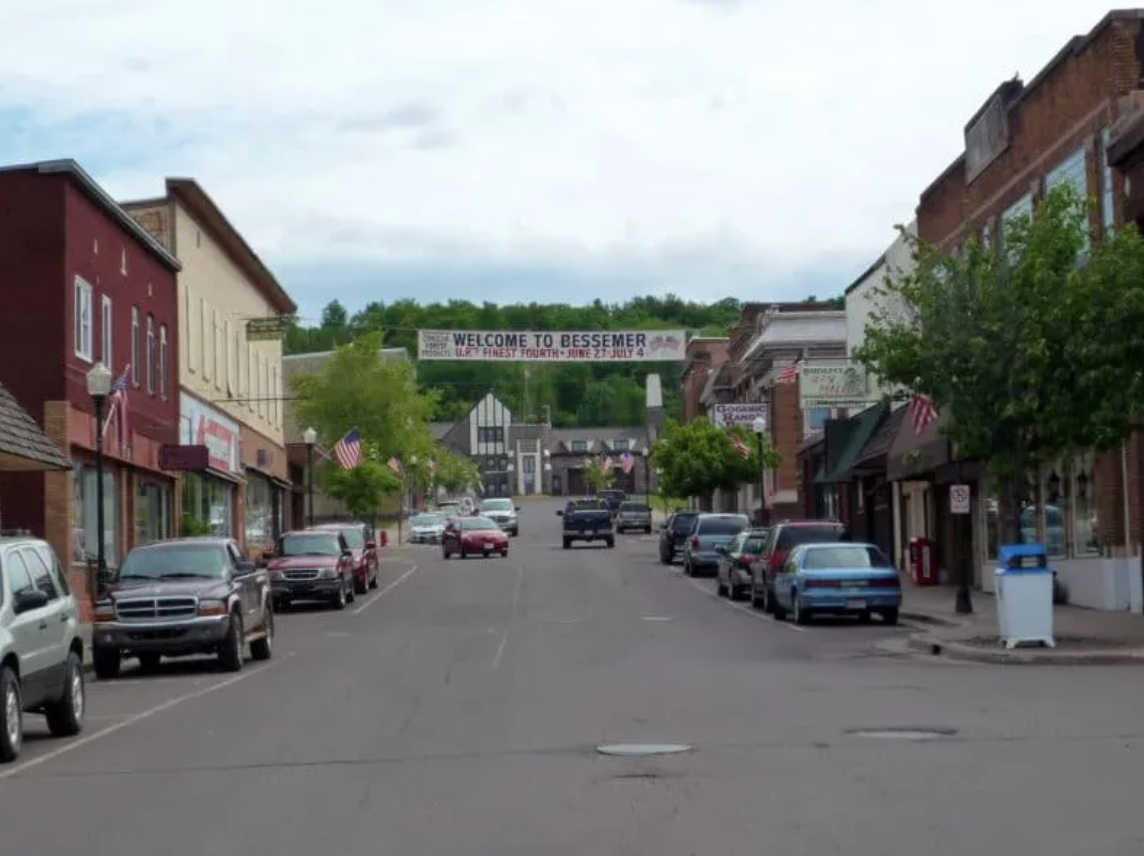
Bessemer has gained a reputation for having a high poverty rate of 29.7% and ranking in the top 10% for violent crimes in the United States. Moreover, over 30% of its population lives in poverty, and more than a third have restricted access to grocery stores or supermarkets.
Mobile, Alabama
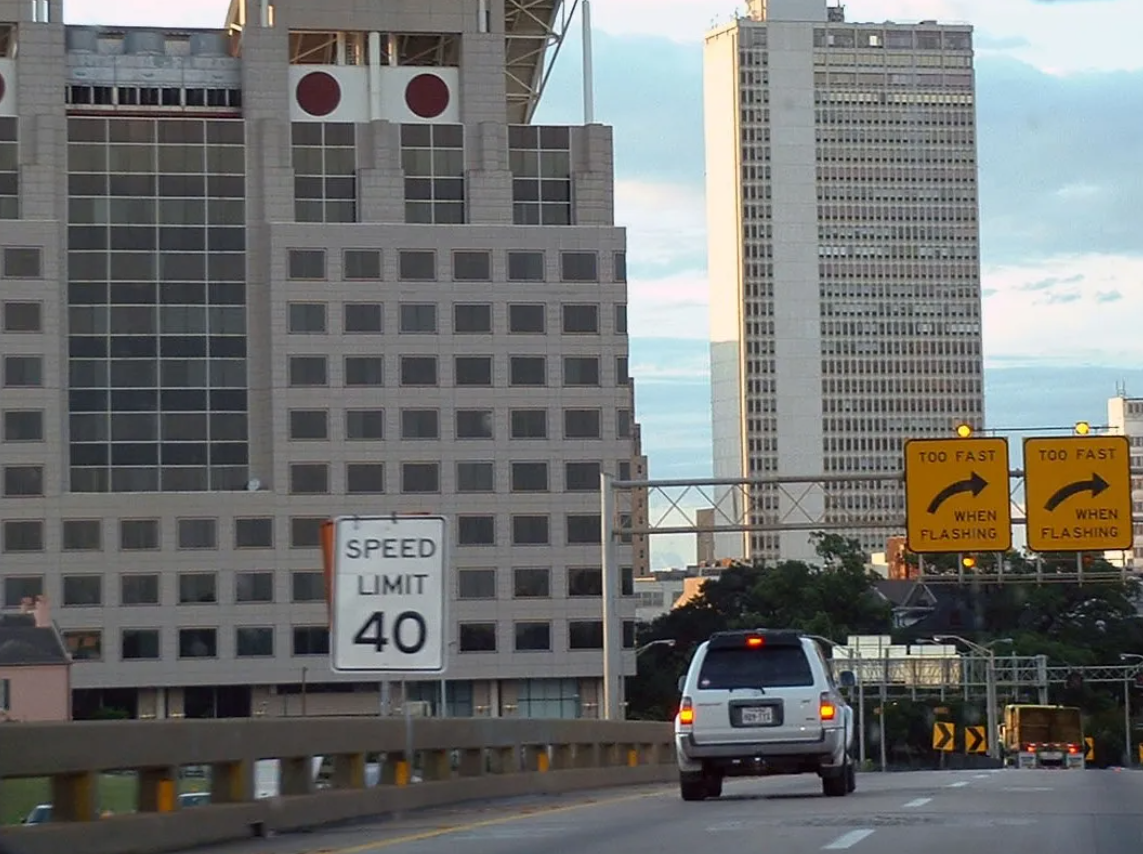
Mobile, Alabama, has several noteworthy aspects that cannot be overlooked. Around 25% of its residents are smokers, and the city has one of the country’s highest cancer diagnosis rates. It also ranks in the top 10% nationwide for the number of people who suffer from high blood pressure. Apart from health issues, people in Mobile are unhappy with their jobs, and the city has a high percentage of people who report feeling angry in the past 24 hours.
Brownsville, Texas
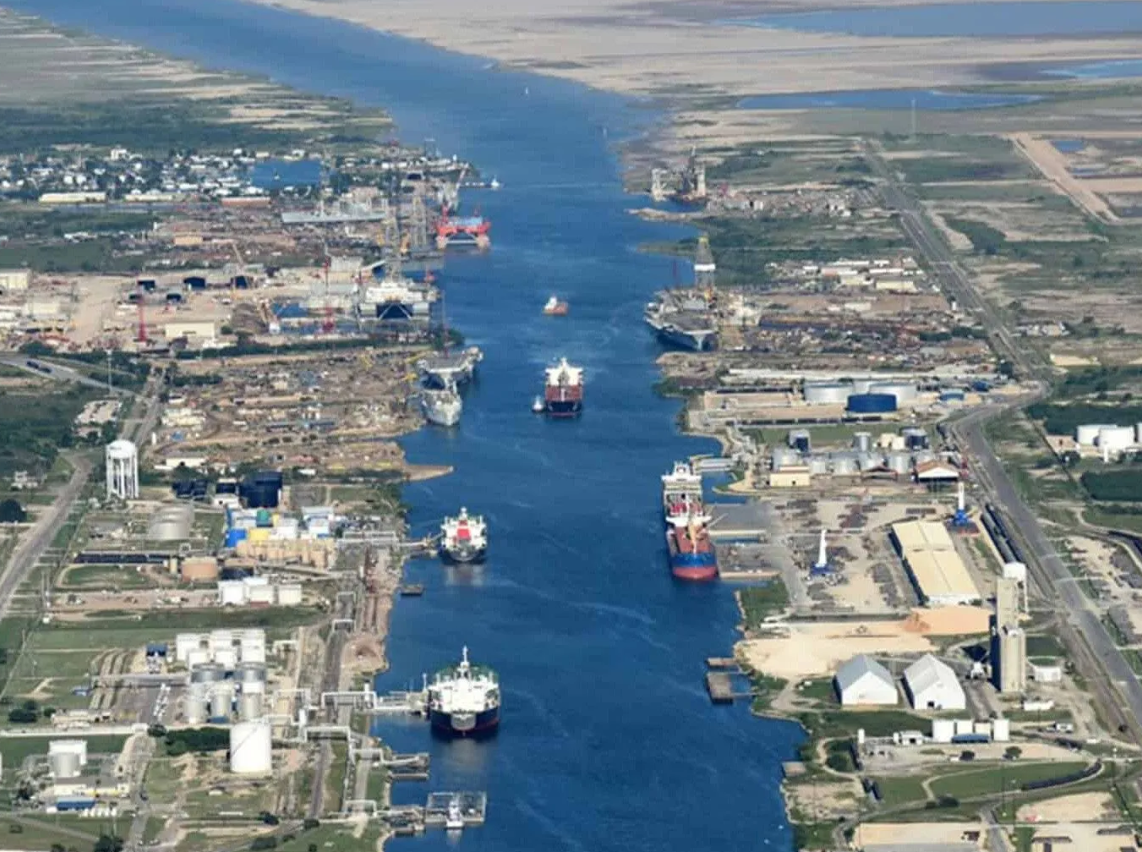
Brownsville, located on the US-Mexico border, faces frequent issues related to immigration and violent crimes that target tourists on either side of the border. Due to this, homeowners struggle to sell their properties, and the area is heavily patrolled. Furthermore, one-third of its residents live in poverty, and 35% do not have health insurance.
Redding, California
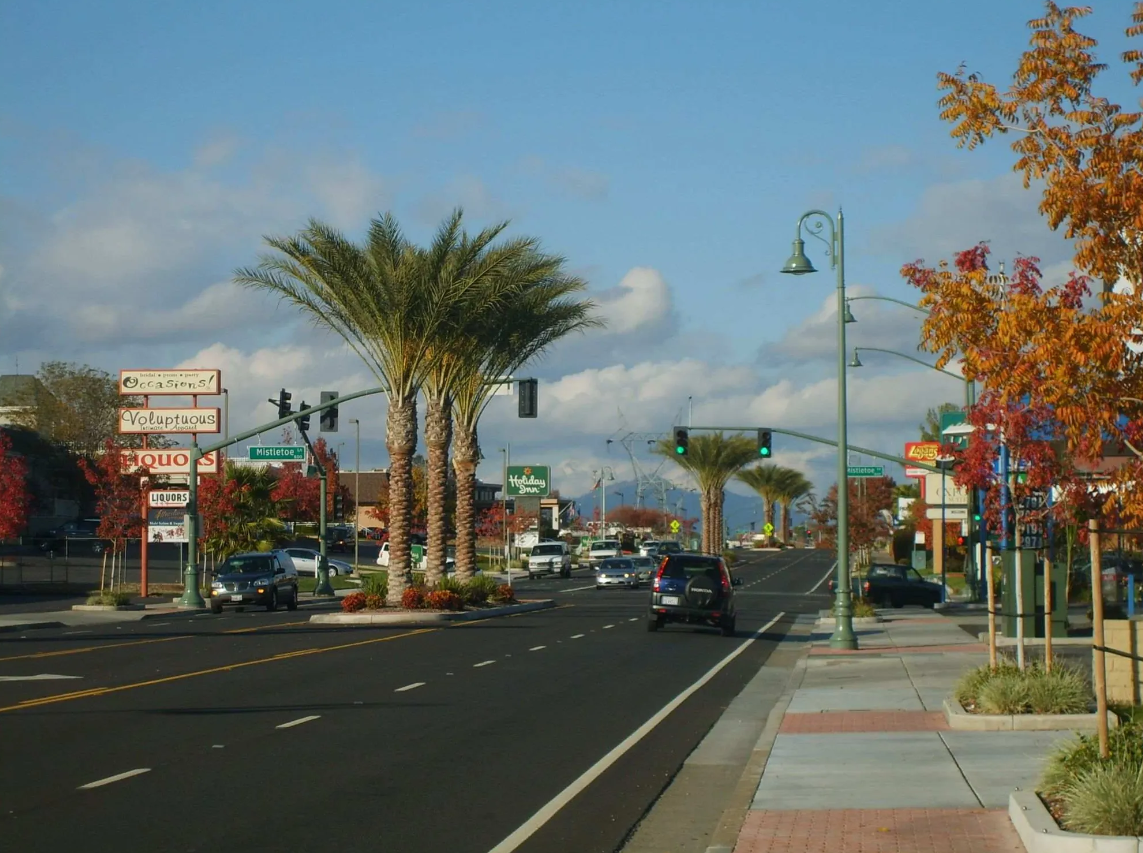
Redding, with a population of approximately 90,000, has the highest percentage of people (6.8%) who describe themselves as “suffering” compared to any other metropolitan area. The city has high rates of unemployment and violent crime, and a mere 87% of survey respondents reported being treated with respect in the previous 24 hours. With all of these factors combined, it’s no surprise that Redding has some of the highest rates of depression in the country.
New Brunswick, New Jersey
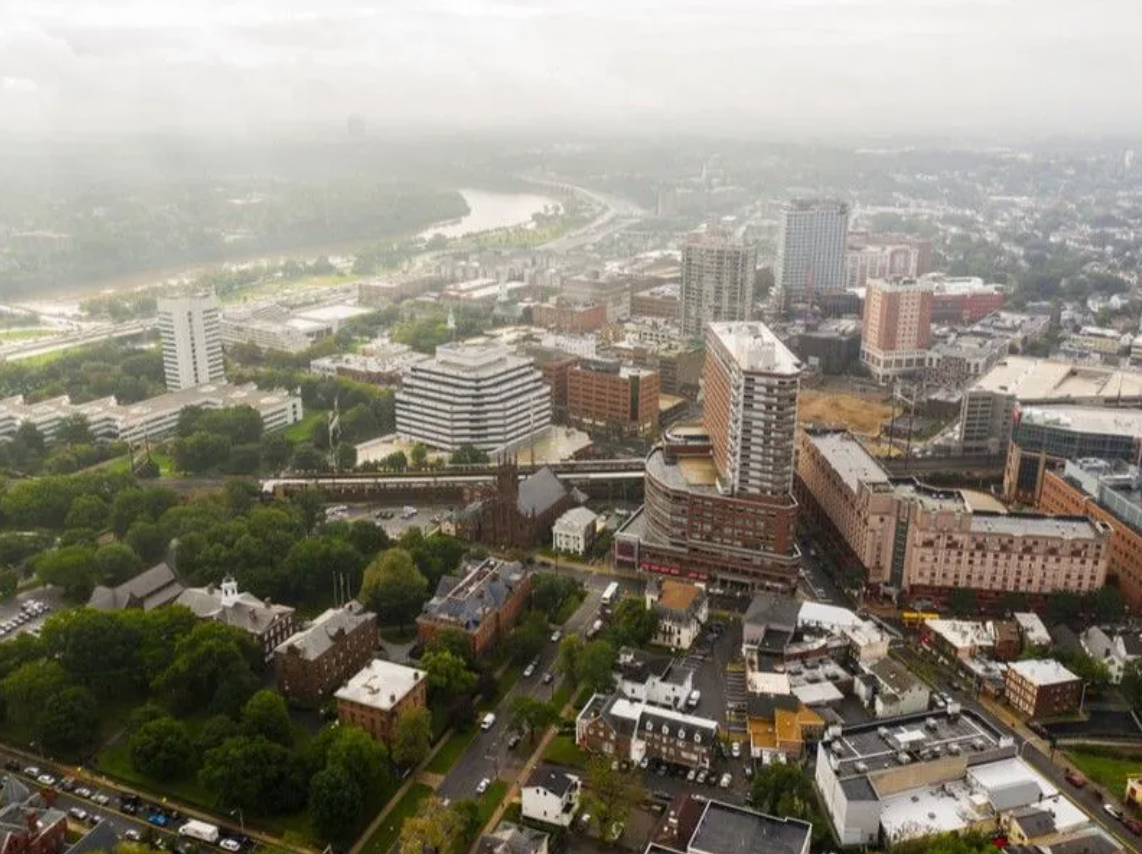
New Brunswick, located in central New Jersey, faces a high crime rate, with gun-related crimes increasing by 64% in 2017. Efforts to curb violence include increasing police presence and implementing community outreach programs. The city also struggles with its economy, as unemployment rates exceed the national average, and only 54% of residents work. This results in 35% of residents living in poverty.
Huntington Park, California
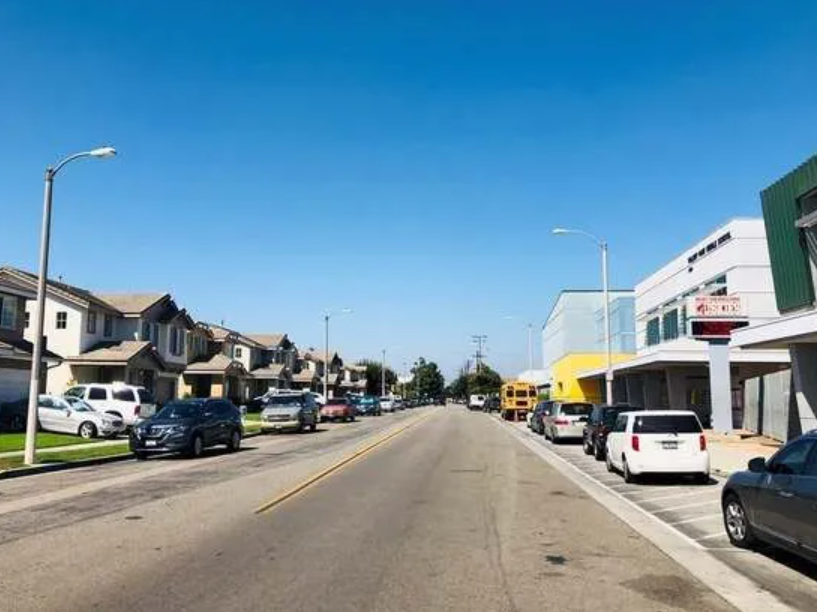
Despite having plenty of affordable housing options, Huntington Park continues to struggle with high poverty rates that make it difficult for residents to purchase or sell homes. In addition to this, the city’s median commute time is lengthy, averaging around 31 minutes. Furthermore, a significant portion of the population is living in the area without proper documentation, leading to concerns about immigration and legal status.
Warren, Ohio
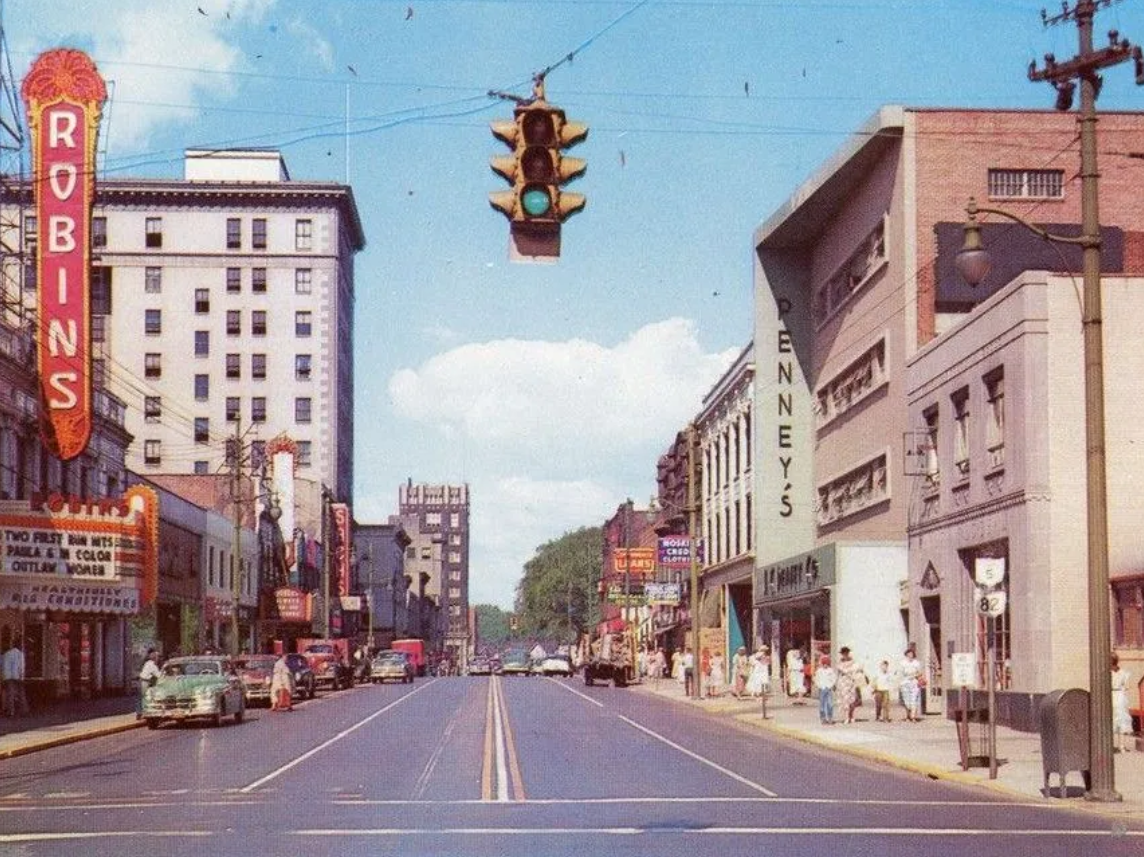
Since 2010, Warren’s population has declined by 7.7% due to the closure of one of its major plants by GM, leading to job losses. In addition, the city is ranked second in the United States in terms of struggling to find enough food to eat. This has led to concerns about the well-being of the city’s residents, with organizations and local authorities working together to address the issue of food insecurity and provide much-needed relief to those affected.
Camden, New Jersey
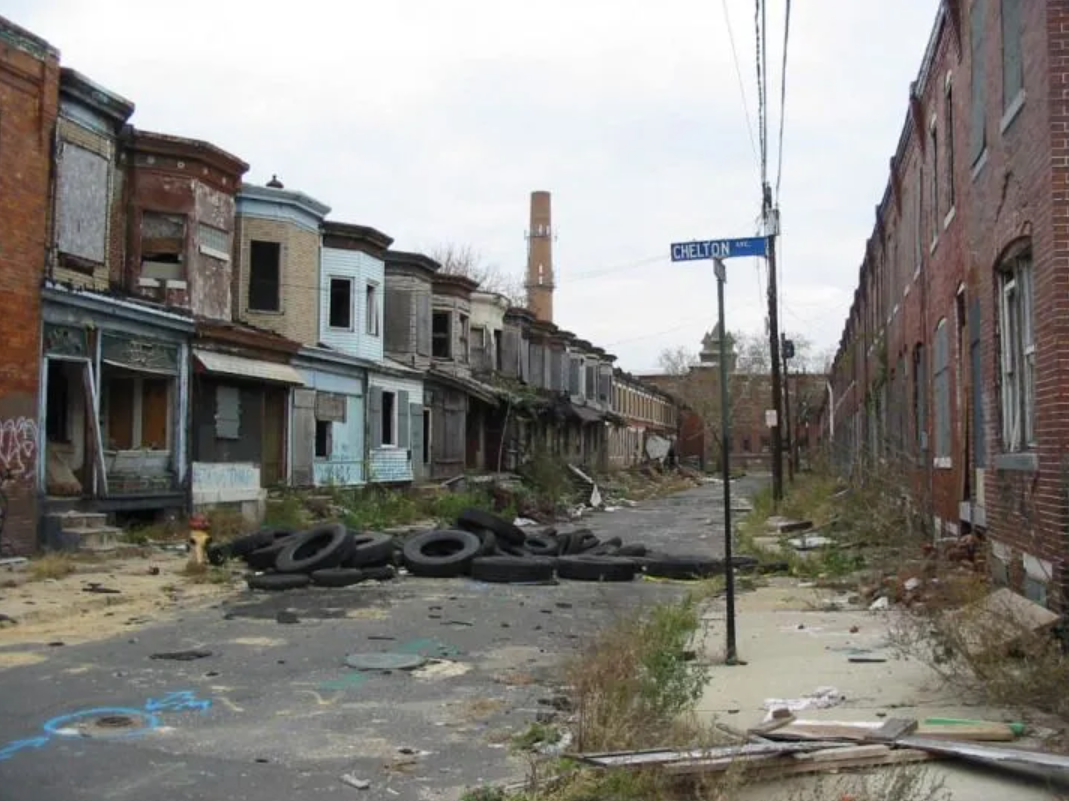
Camden, NJ, is one of the most dangerous cities in the US, with a violent crime rate more than twice the national average and the lowest average household income on this list. Despite community initiatives aimed at improving the situation, the city still faces significant challenges. However, efforts are underway to reduce crime and increase economic opportunities for residents.
Flint, Michigan
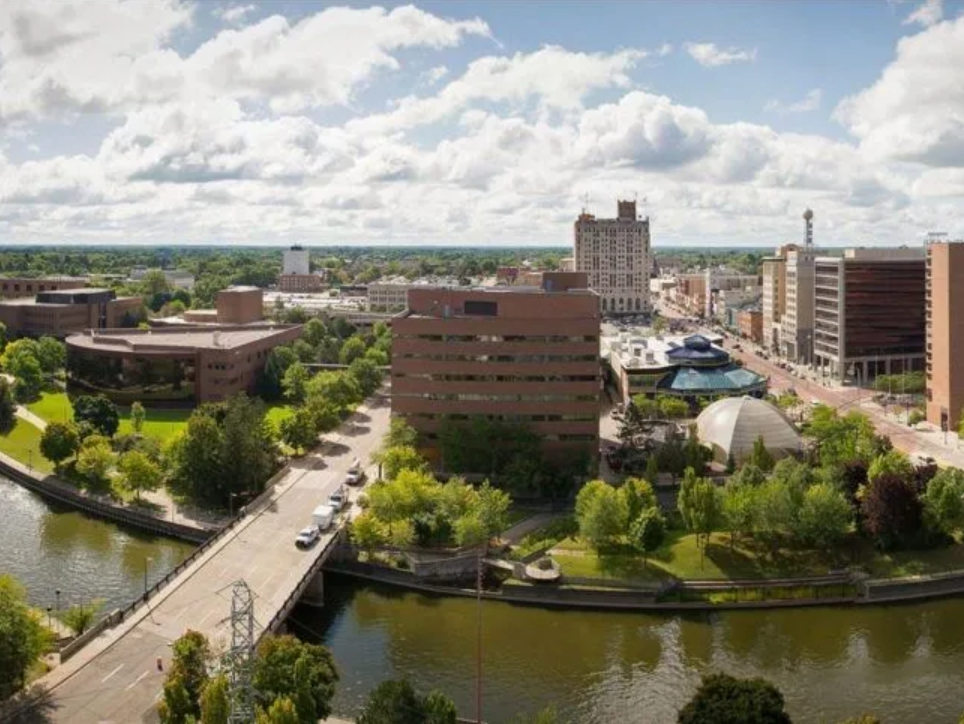
Flint’s ongoing issue with lead-contaminated water has recently received national attention. This crisis has resulted in a 5% population loss and a significant decrease in real estate values. Economic concerns are also prevalent, with half of all households earning less than $26,000 annually and over 40% living below the poverty line. These challenges have had a severe impact on Flint and its residents, and efforts to address the situation and improve living conditions continue.
Pine Bluff, Arkansas
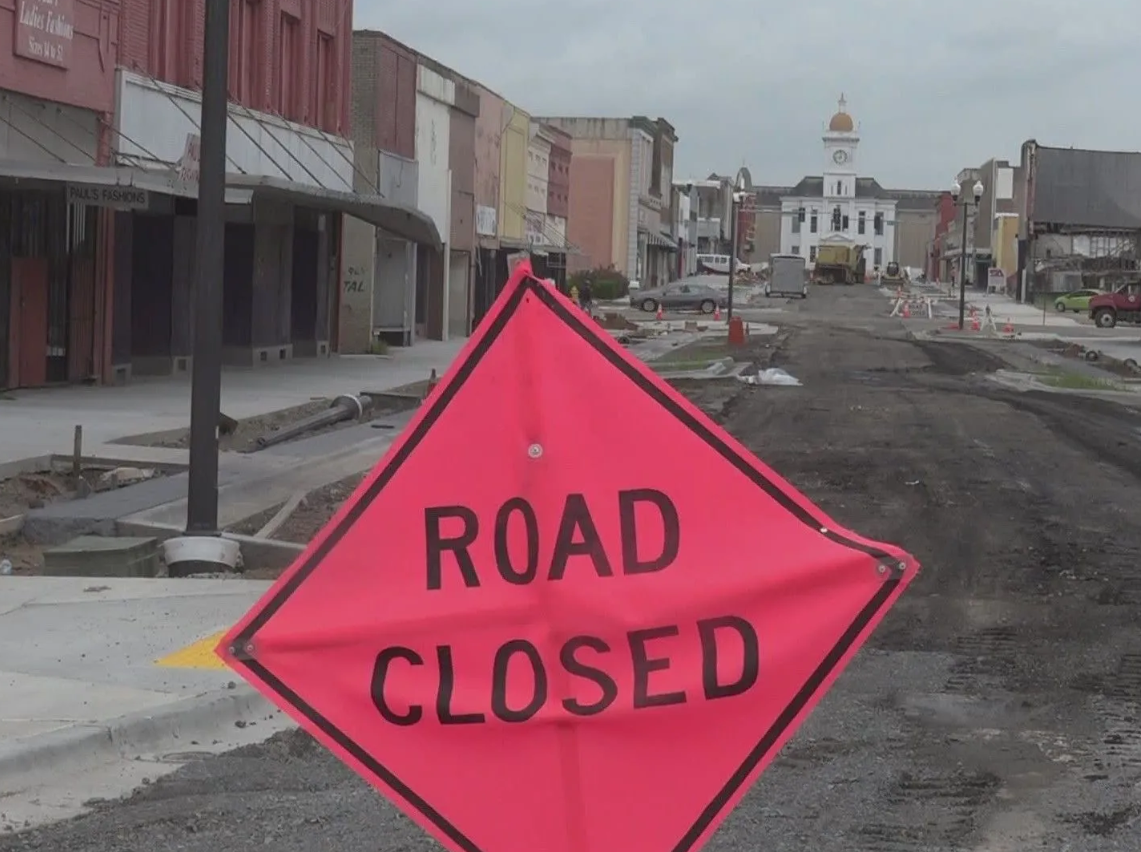
Pine Bluff has experienced a significant population decline, with a staggering 14% decrease since 2010. The city’s economic situation has also been challenging, with 3,000 manufacturing jobs lost in 2016 alone. Adding to its difficulties, Pine Bluff faced a major disaster when the Arkansas River flooded the entire city in 2019. These challenges have had a significant impact on Pine Bluff and its residents, highlighting the need for ongoing efforts to revitalize the area.
Newark, New Jersey
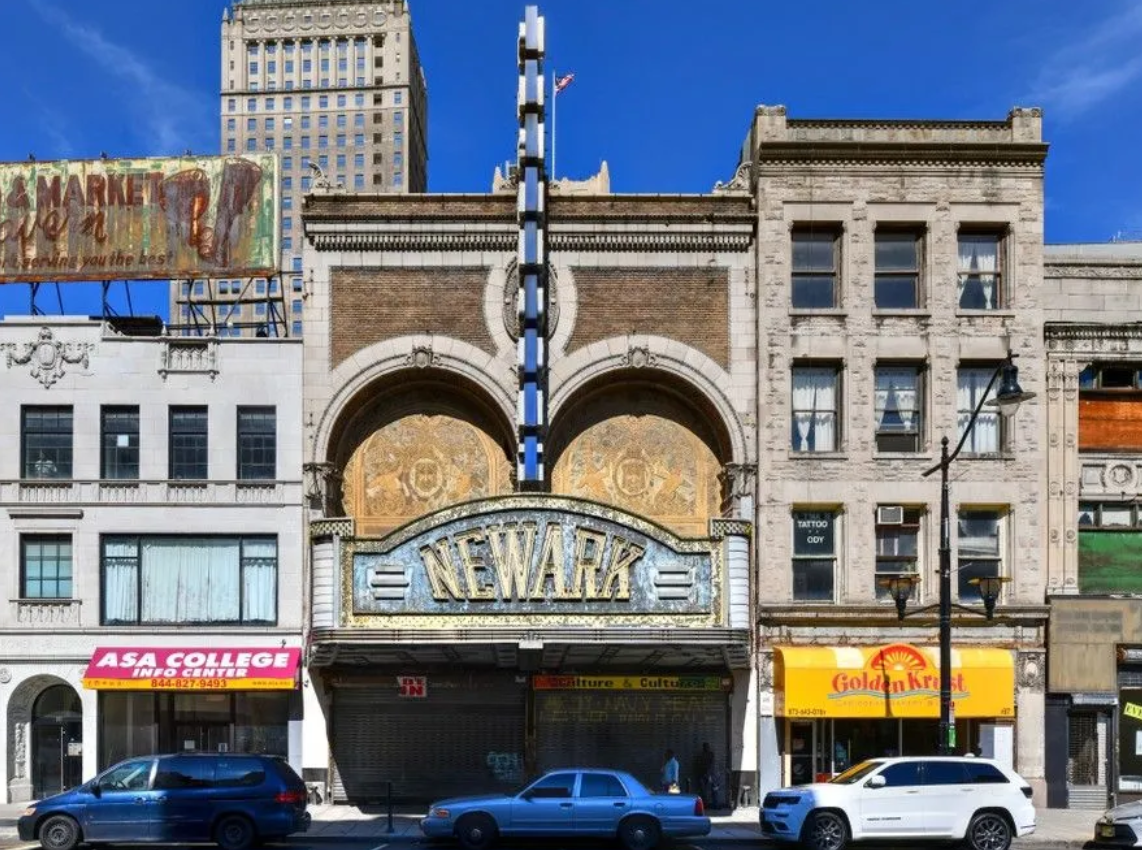
Newark, located in New Jersey, is a city plagued with a combination of issues, including long average commute times, high levels of violence, and poverty. In addition to these challenges, the city has also been grappling with problems related to lead poisoning in its water supply. Newark has a population of 282,000 residents, with only 62% of them currently employed and 28% living below the poverty line.
Passaic, New Jersey
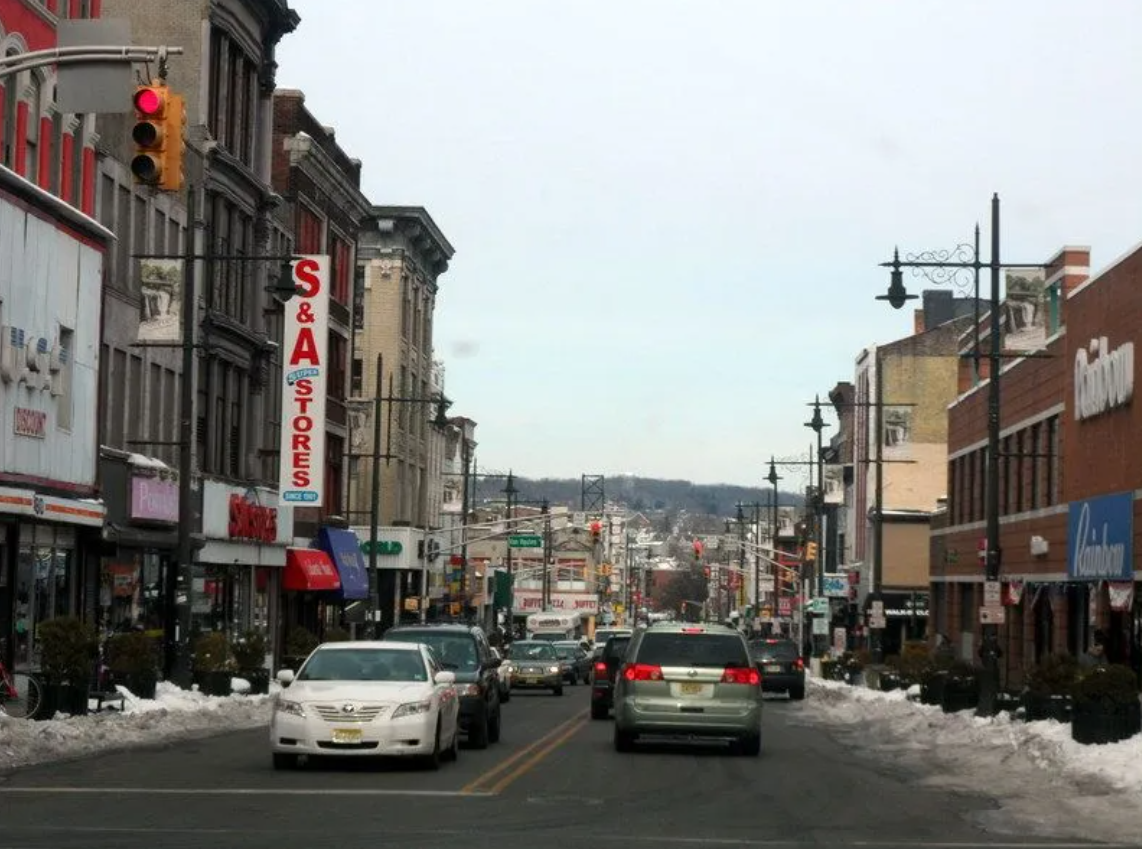
Passaic, NJ, faces challenges that affect the well-being of its residents, including substance abuse and violence, as well as economic struggles. While 58% of residents work, a third of them live in poverty. Efforts to reduce substance abuse and violence, as well as economic development programs, may help improve the quality of life in Passaic. Still, more work is needed to create a safer and more prosperous community.
Danville, Virginia
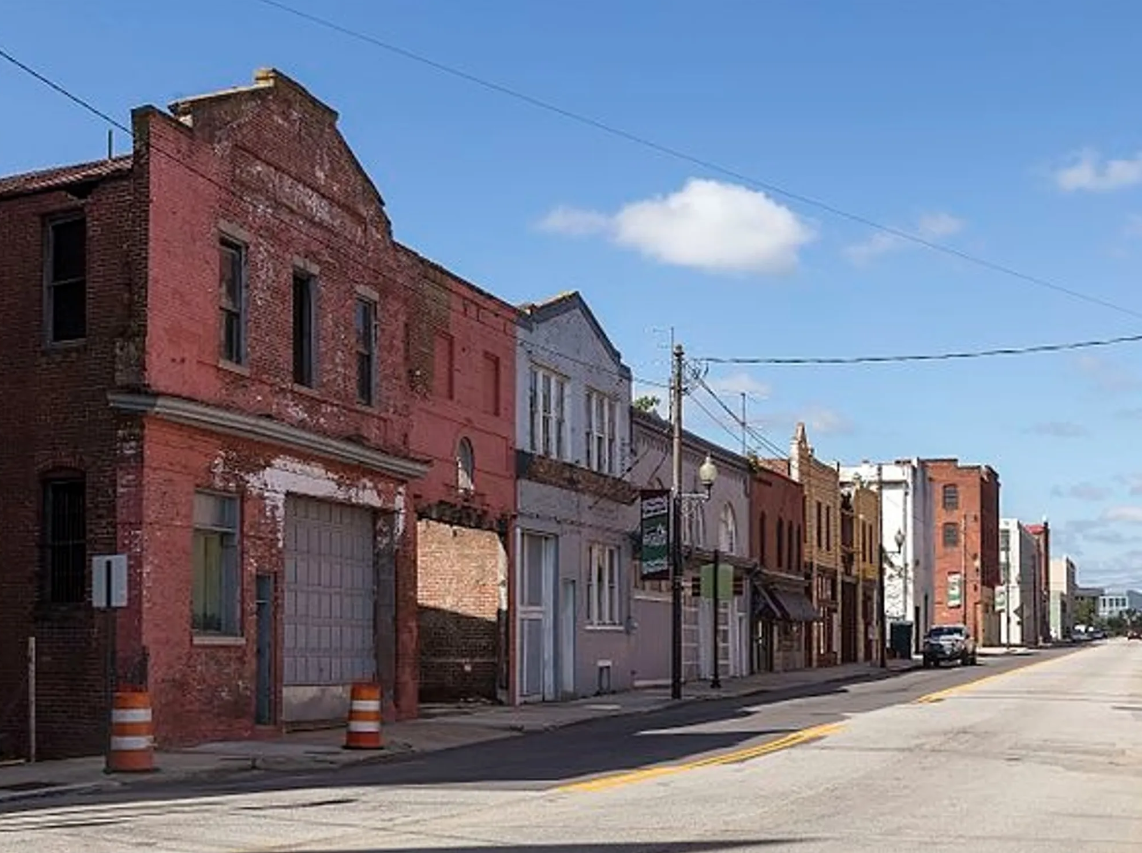
Danville, Virginia’s population has decreased by 5.5% between 2010 and 2018, currently sitting at around 40,000 residents. The city has faced economic hardships since the shutdown of its tobacco and textile mills, which previously made it one of the wealthiest cities in the Piedmont area. Despite this progress, challenges remain as 21% of the population is living in poverty, and only 55% are currently employed.
Hemet, California
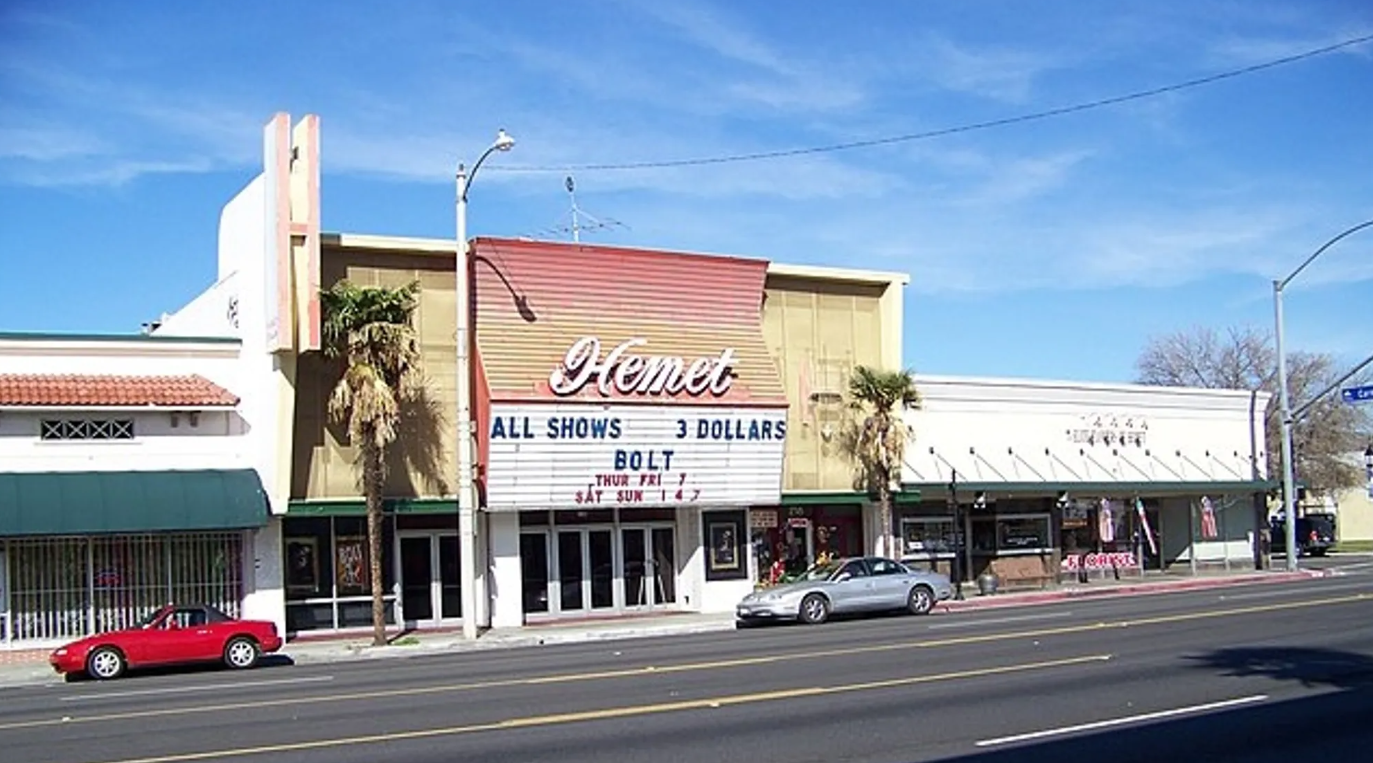
Despite its struggles since the 2008 recession, Hemet, California, has managed to grow its population by 8.5% between 2010 and 2018, with a current population of 85,000 people. However, poverty remains a pressing issue in the city, with 23% of the population living below the poverty line. Crime rates are also a concern, with a record 398 aggravated assaults reported in 2016, along with 600 car thefts and 170 robberies.
San Bernardino, California
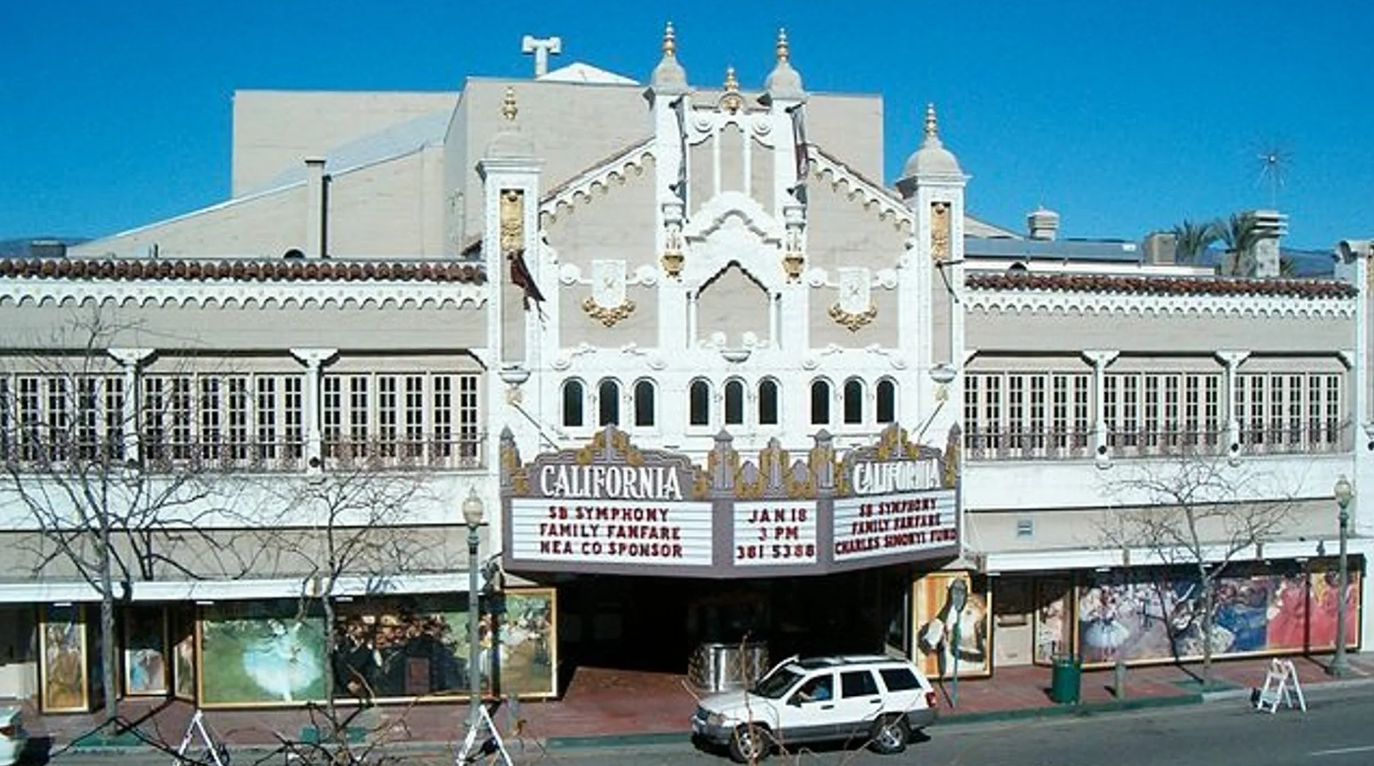
San Bernardino, situated approximately 60 miles east of Los Angeles, is home to 222,000 residents, 57 percent of whom are employed, but unfortunately, 30 percent live in poverty. The city has faced challenges due to the closure of an Air Force base and a steel plant, leading to job losses. San Bernardino has several noteworthy attractions, including the McDonald’s Museum, the site of the world’s first McDonald’s location, California State University, San Bernardino, and the largest outdoor amphitheater in the country.
Compton, California
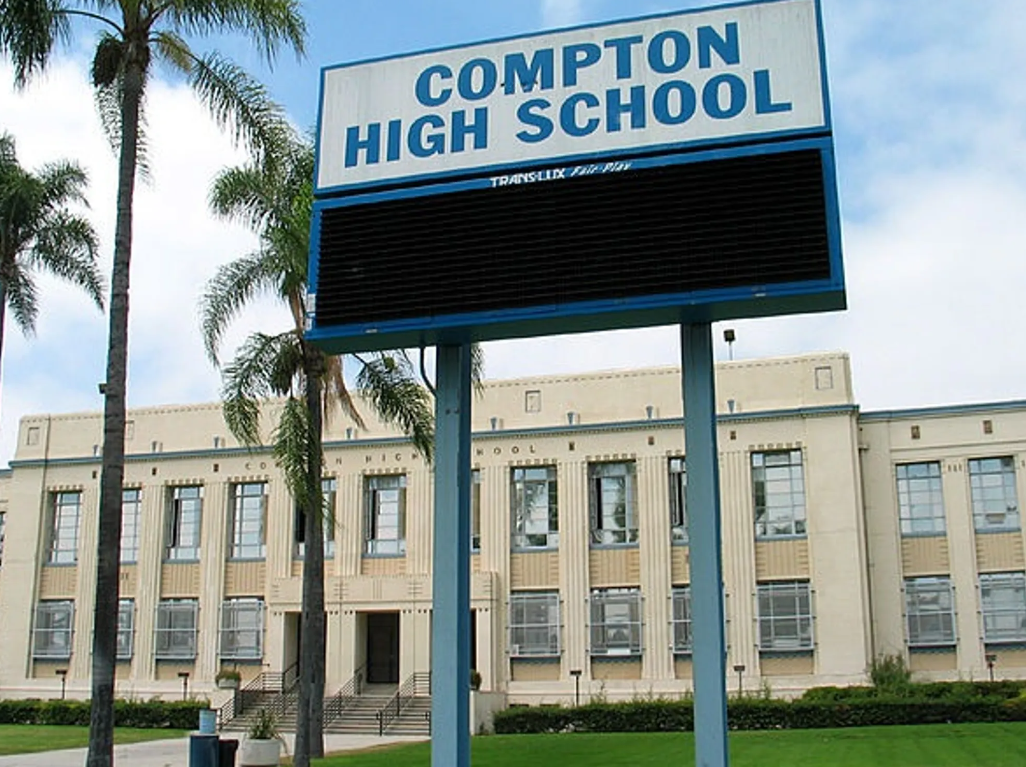
Compton, located south of downtown Los Angeles, has a population of 96,000, with 40% of residents currently unemployed and 23% living in poverty. Despite ongoing struggles with poverty and crime, Compton has experienced a reduction in violence compared to previous decades. The city has also been home to many successful individuals, including professional athletes and renowned rappers such as Coolio and Dr. Dre.
Harlingen, Texas
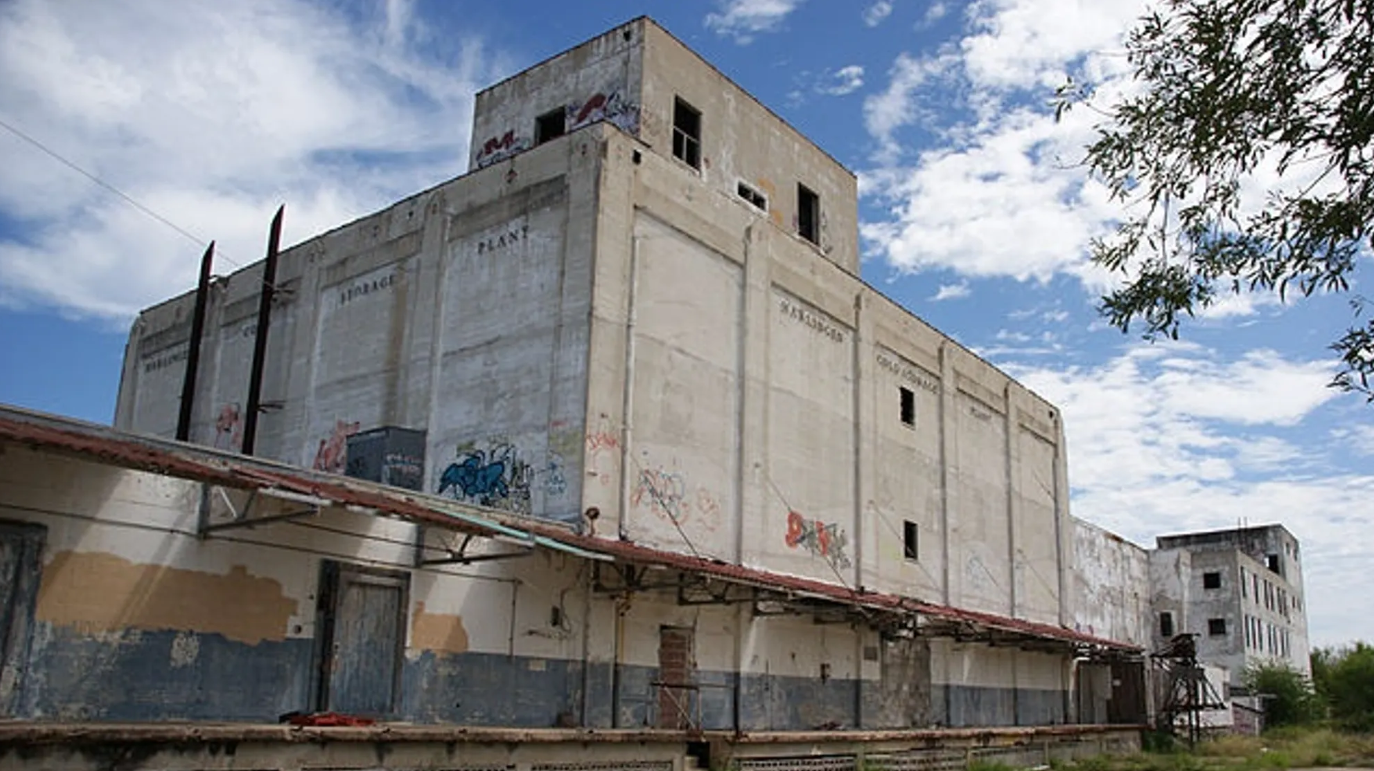
With a population of 65,000, Harlingen has witnessed a growth rate of 12.5% since the 2000 census. Despite this, the city is grappling with a poverty rate of 30% and a median household income of a little over $30,000. The local economy relies heavily on “Winter Texans,” who are retirees from the Midwest seeking warmer weather during winter months. Adding to the city’s woes, Harlingen has also been grappling with flooding.
Hallandale Beach, Florida
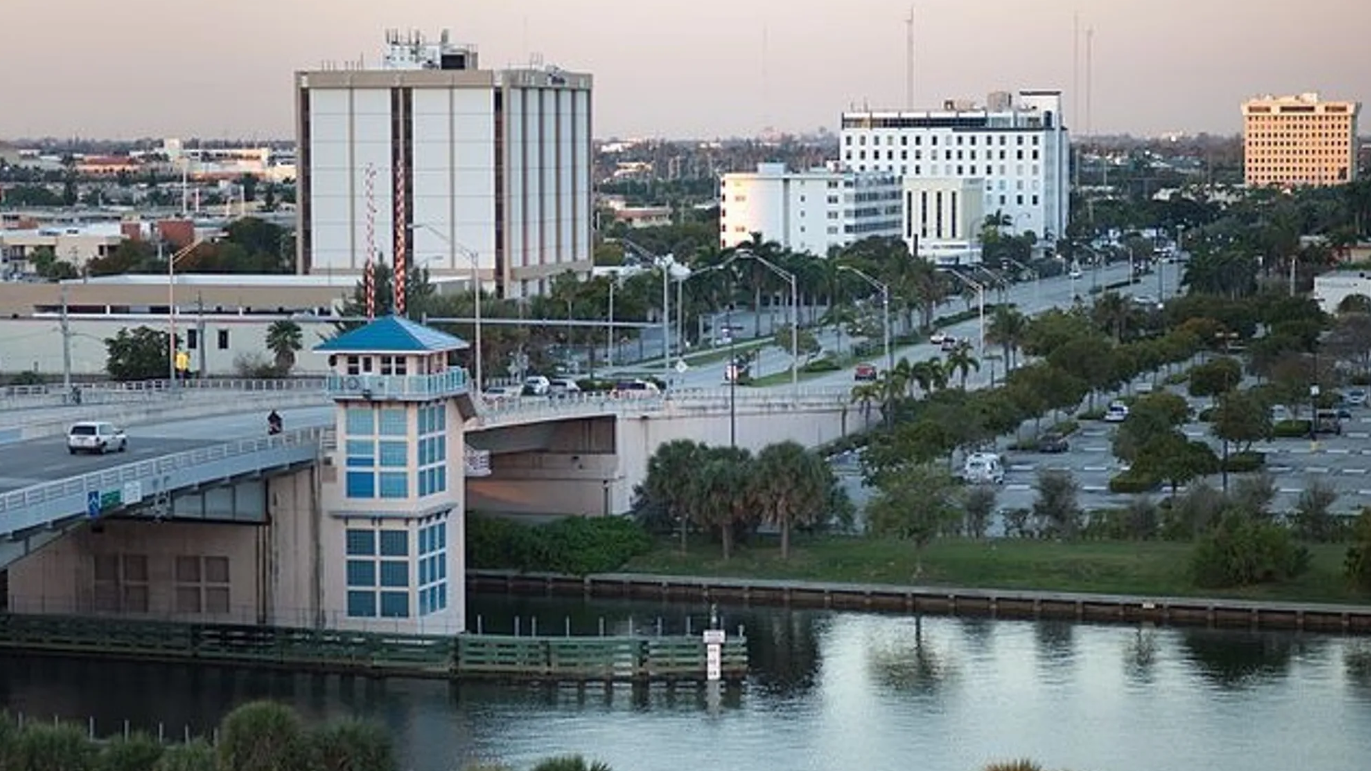
Hallandale Beach, Florida, has a population of 37,000 people, with 60 percent currently employed, but unfortunately, 20 percent live in poverty, and almost 30 percent are without health insurance. Despite these challenges, the city is experiencing rapid population growth thanks to its popularity among retirees. The city boasts a large financial district and a variety of restaurants, earning it the nickname “Hound-Ale Beach.”
Anderson, Indiana
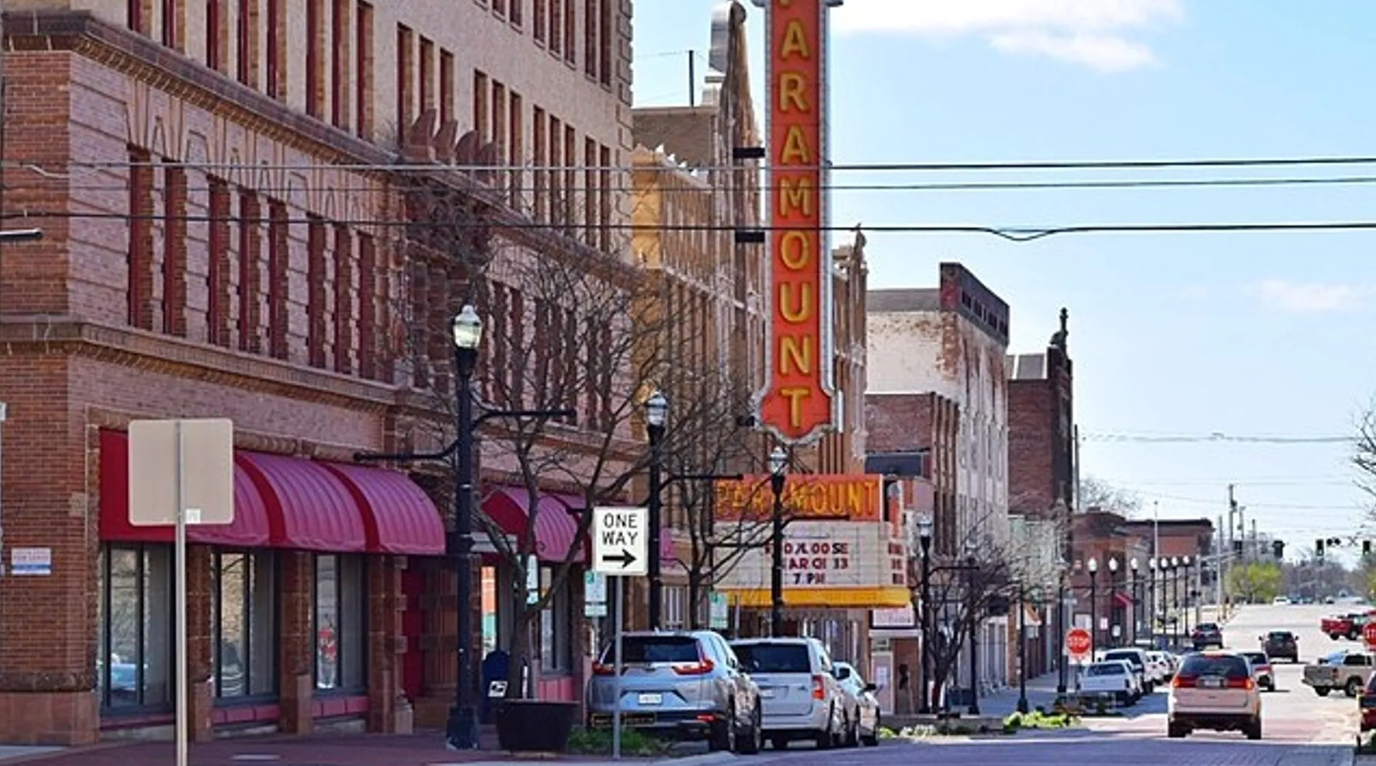
Anderson, Indiana, had a population of 56,000 according to the 2010 census, down from 70,000 in 1970. The city used to be home to 24 General Motors factories and was once thriving, but after the factories were shut down, 23,000 people lost their jobs. Currently, 56 percent of residents are employed, while 25 percent live in poverty. Unfortunately, the city is also dealing with blight, a plant disease that is causing further problems.
Jackson, Mississippi
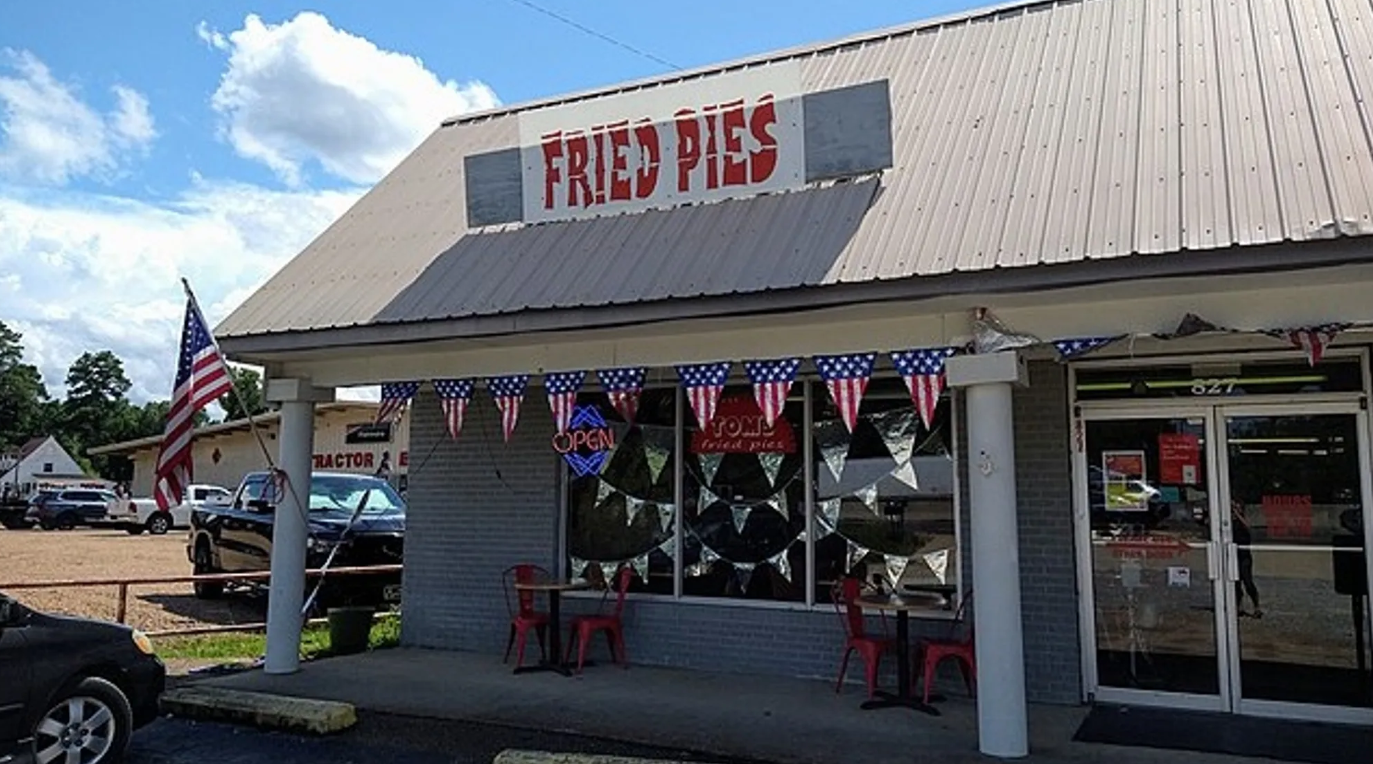
The population of Jackson is currently around 165,000, which is a decrease of over 5% from 2010 to 2018. Approximately 62% of residents are employed, but almost 29% of the population lives in poverty. In addition, Jackson’s water infrastructure has been struggling since the severe winter weather of 2014 and 2015. In February 2019, the city warned that it may have to shut off water for 20,000 households due to $45 million in unpaid bills.
Sumter, South Carolina
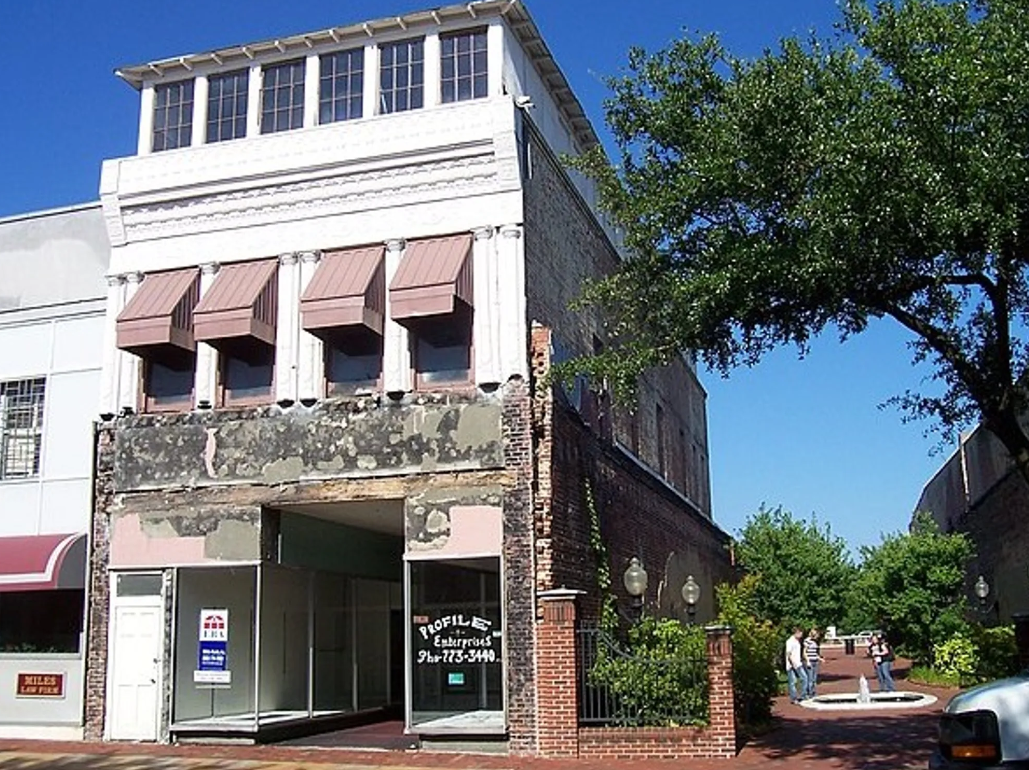
According to the 2010 census, Sumter, South Carolina, has a population of about 40,000 people. Fifty-six percent of the residents are employed, while 17.8 percent live below the poverty line, with a median household income of $31,590. However, the city struggles with a high crime rate, with 426 violent crimes and 1,740 property crimes reported in 2018. On a positive note, the city has a relatively low homicide rate, with only three cases reported in the same year.
Farmington, New Mexico
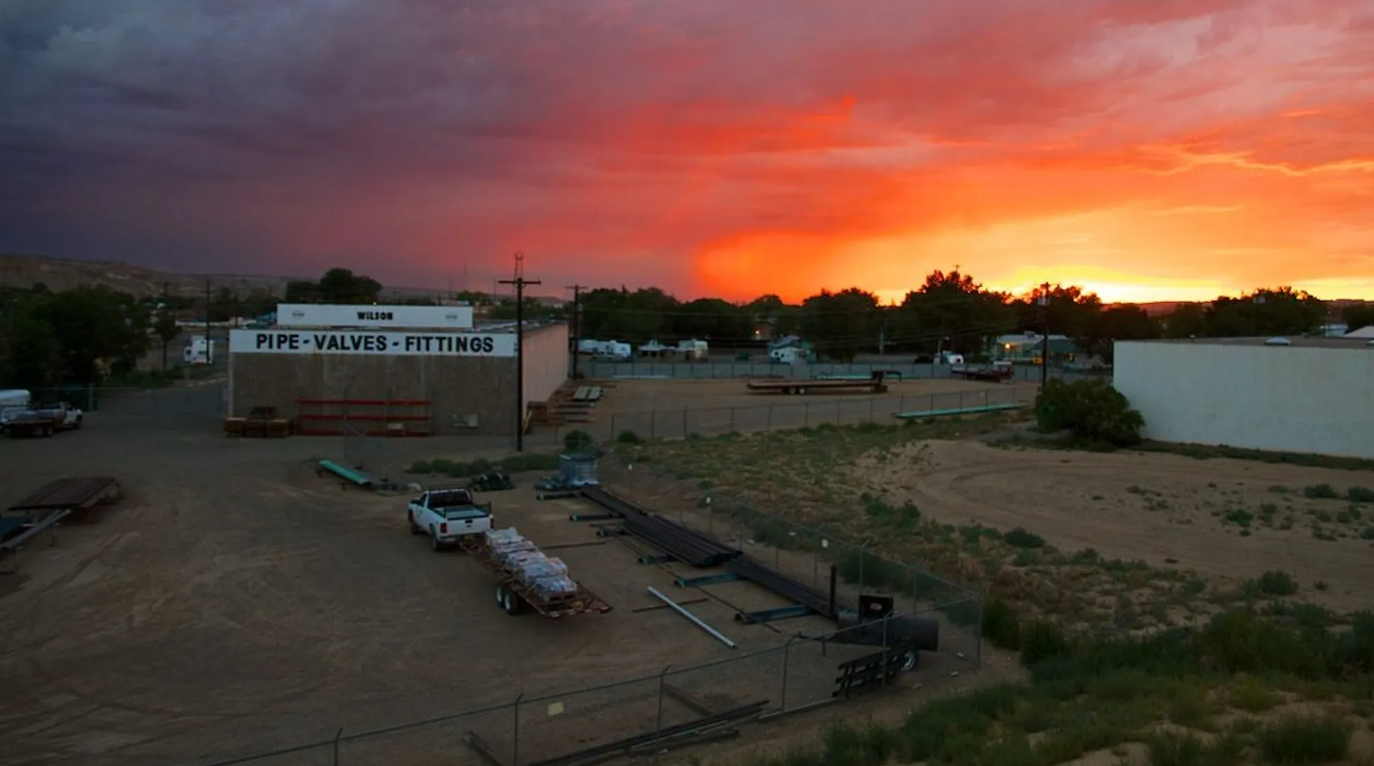
Farmington, New Mexico, has a population of 44,372, and it’s believed that the city has witnessed a population decline of approximately 3.3 percent since 2019. At present, 60 percent of the city’s residents are part of the workforce, while 17.4 percent are living in poverty, and 13.2 percent of people under 65 years of age lack health insurance. Farmington has semi-arid climate indicates that the region is too arid or unproductive to cultivate vegetation.
Detroit, Michigan
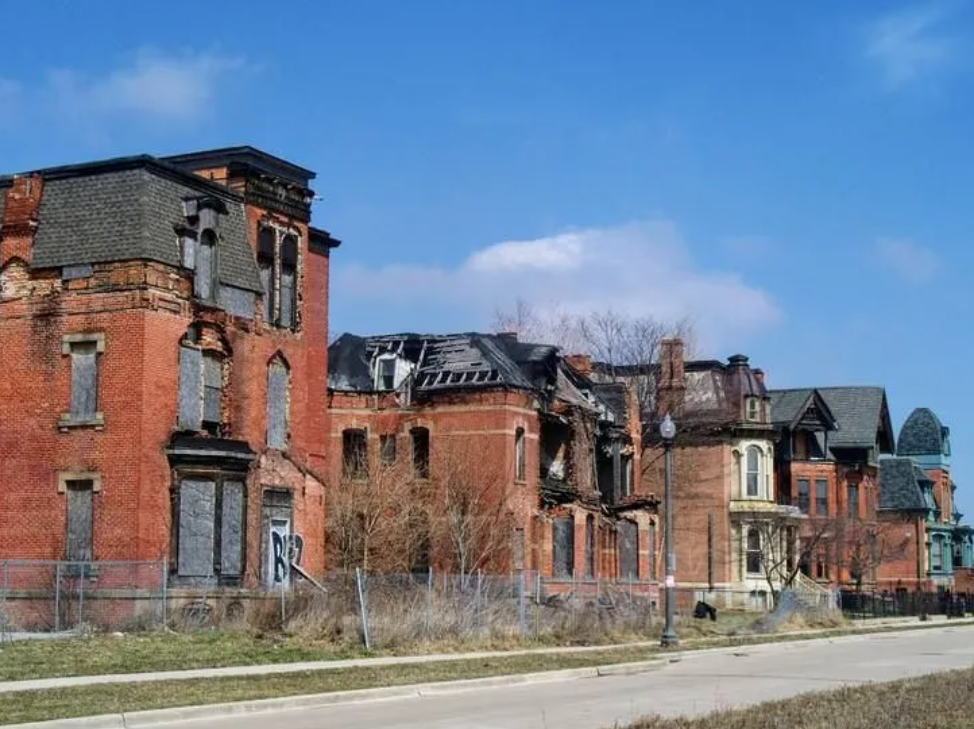
Detroit’s reputation has suffered due to several factors, and understandably so. After its once-thriving manufacturing industry declined, the city has been on a downward spiral, resulting in a 6% population loss between 2010 and 2018. With approximately 43,000 abandoned homes, it has earned a reputation as one of the most perilous cities in the United States.
Port Arthur, Texas
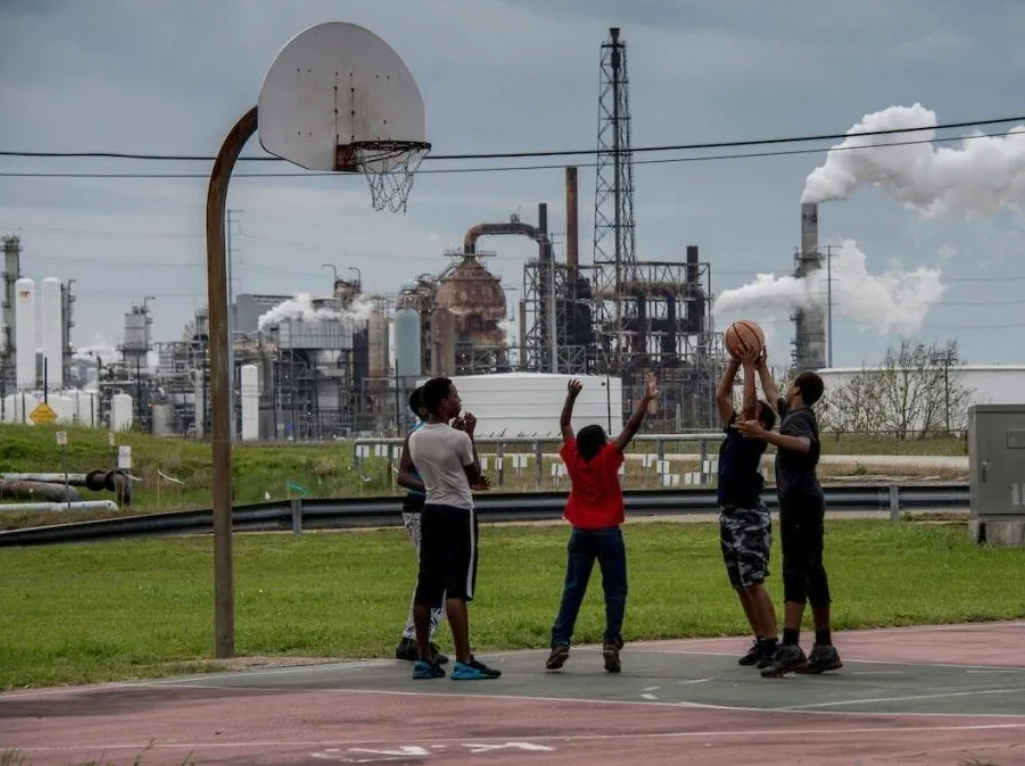
Port Arthur has faced a series of unfortunate events over the years. The city is situated amidst oil refineries, which has negatively impacted its aesthetics. Most significantly, the city has been battered by multiple hurricanes, the latest being Hurricane Harvey in 2017, which caused more than $1 billion worth of damage. The exodus of residents from the city has been so severe that officials are concerned about losing federal grants due to a further population decline.
Gary, Indiana
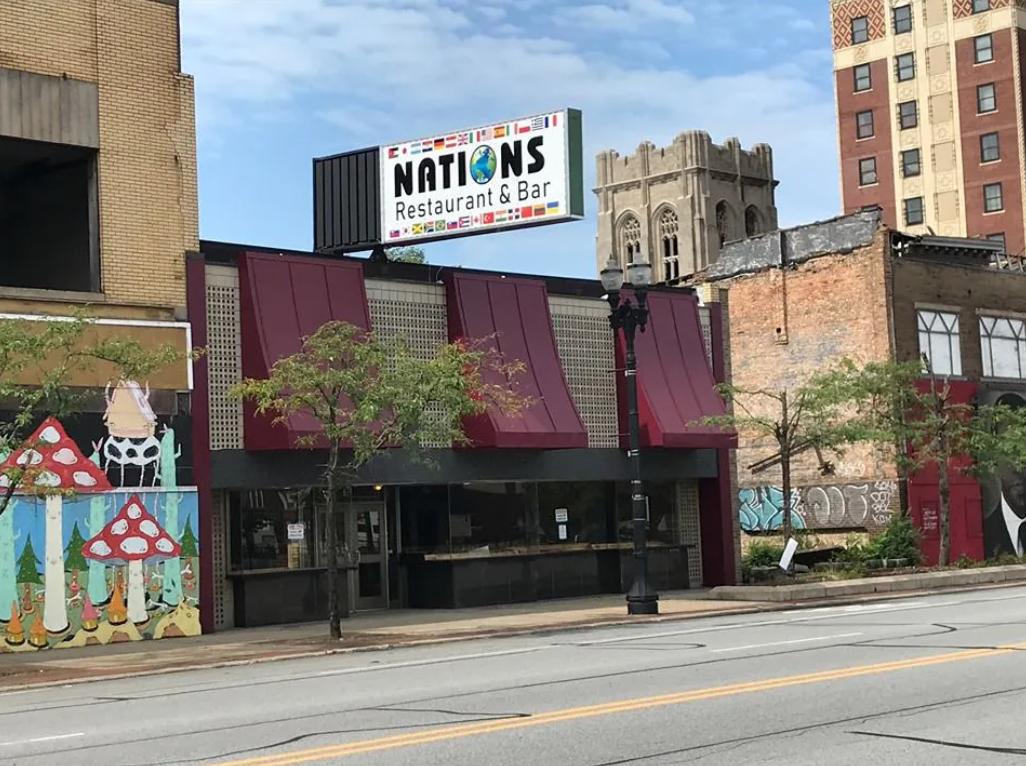
Gary, Indiana, rounds off our list of the most miserable cities in America. Since 2010, the city has seen a 6% decline in its population and was once known as the murder capital of America. Only slightly more than half of the population works, and 36% live below the poverty line. Due to a large number of abandoned homes, authorities have implemented a program to sell them for $1 in an attempt to rejuvenate the area.